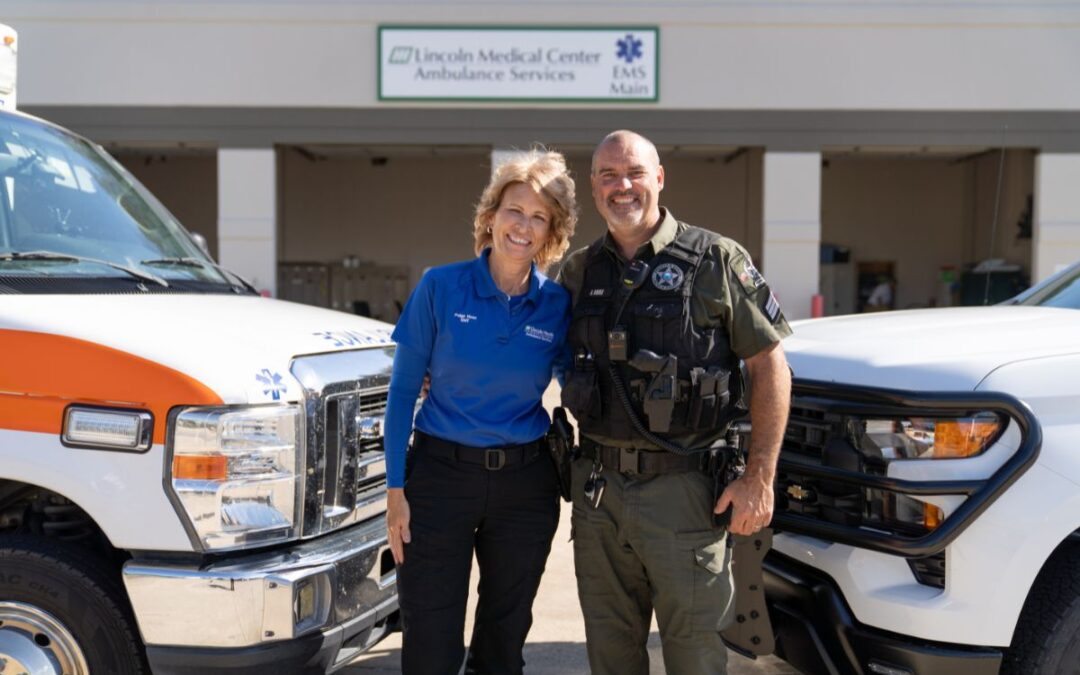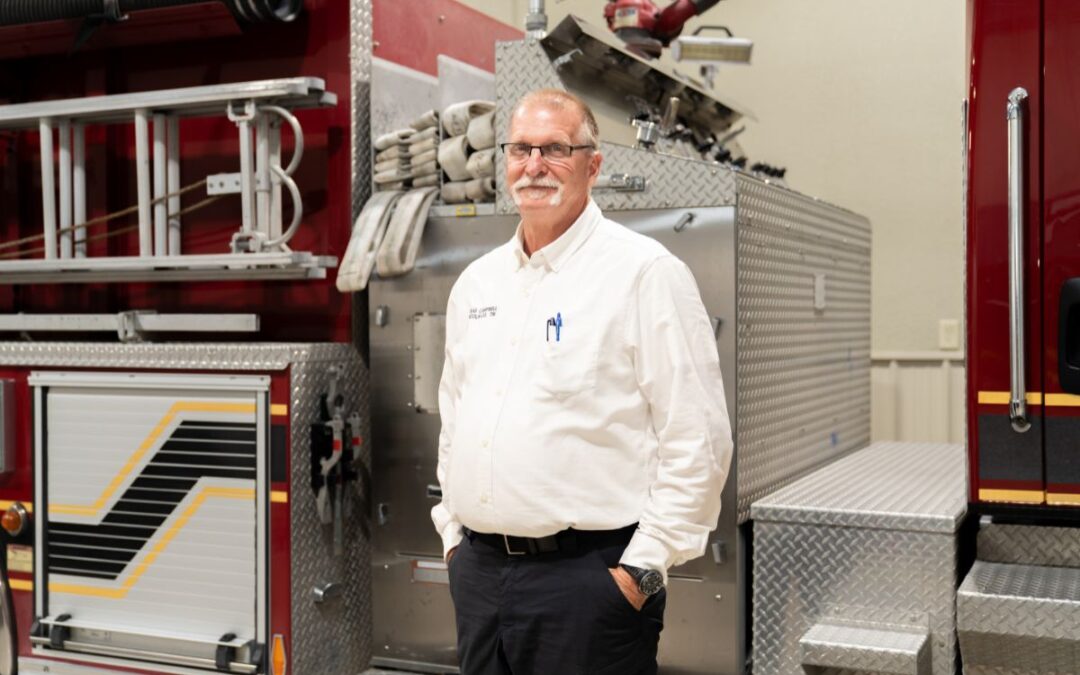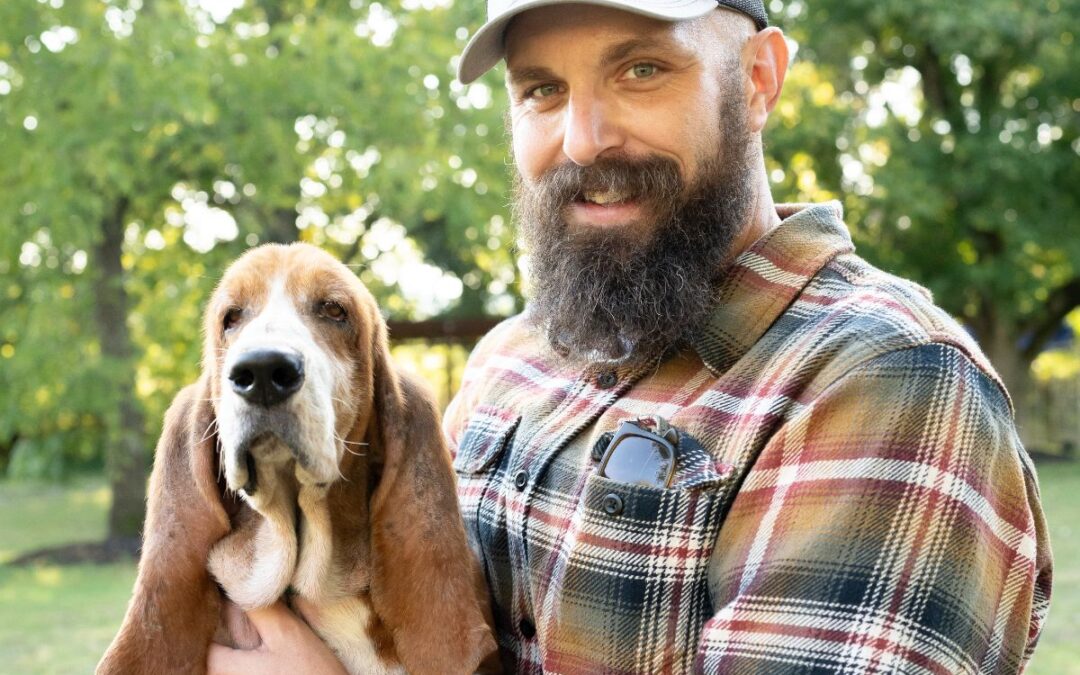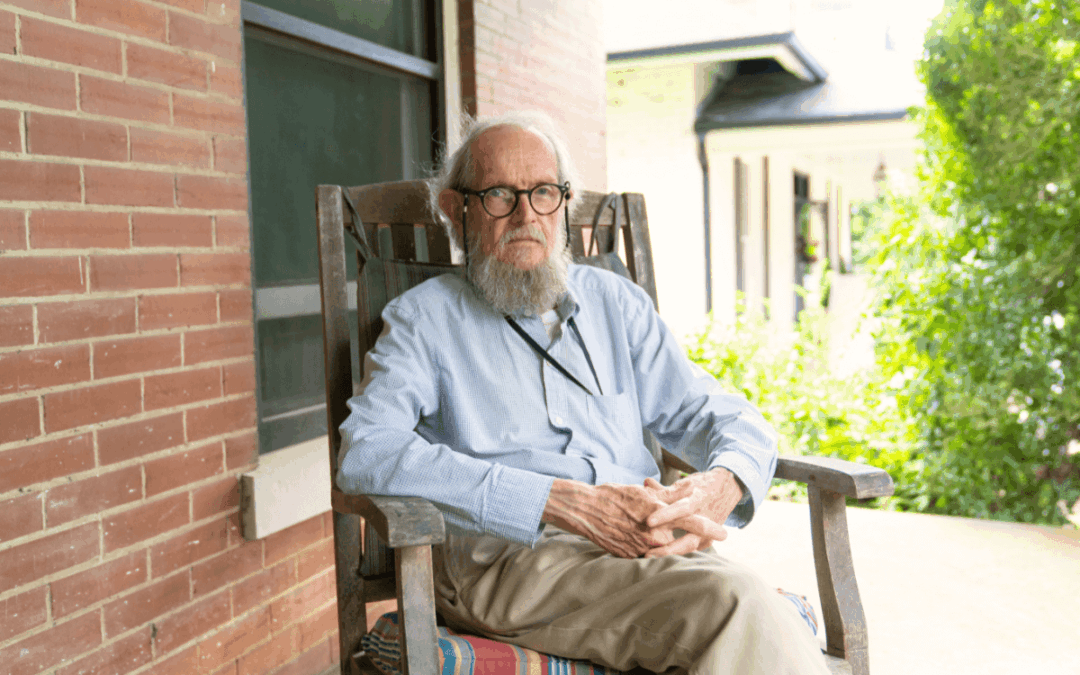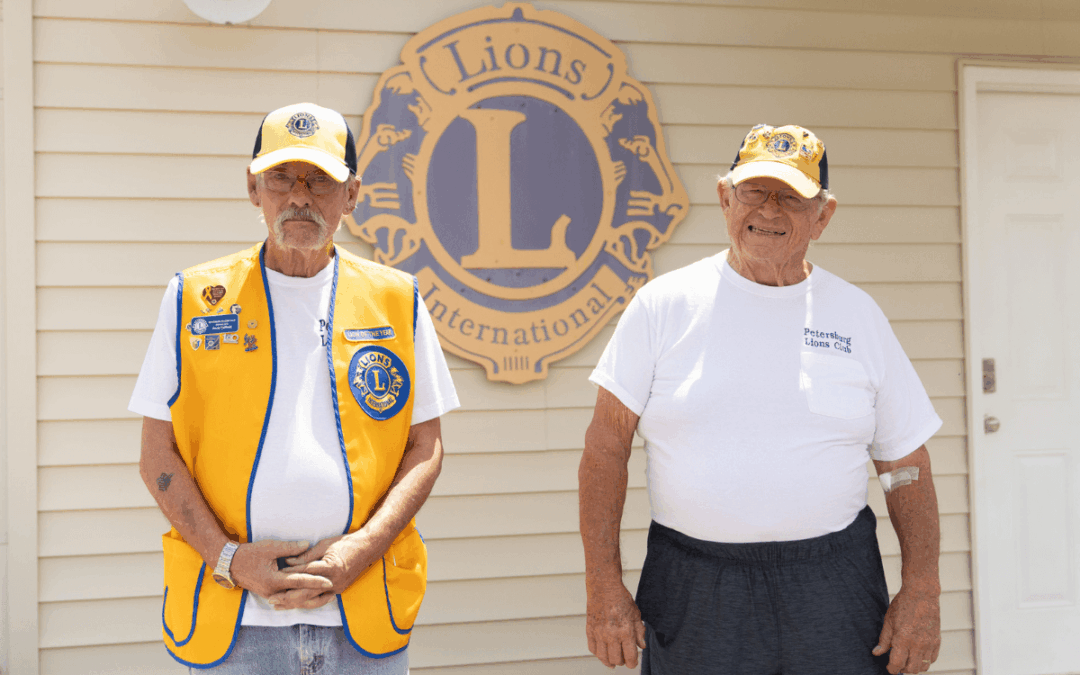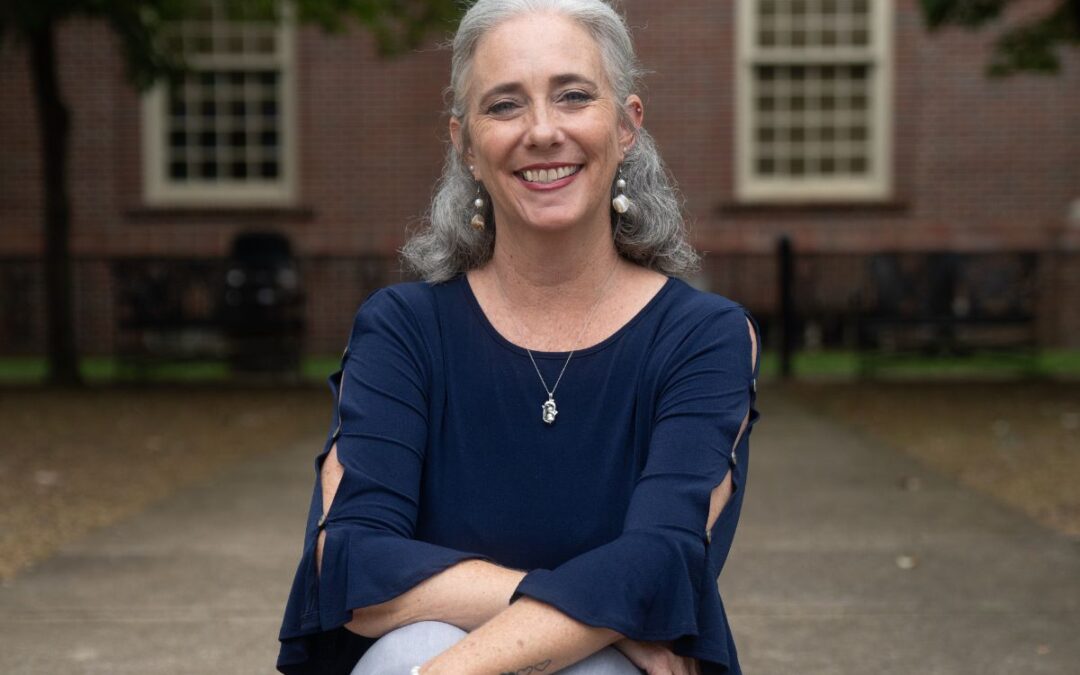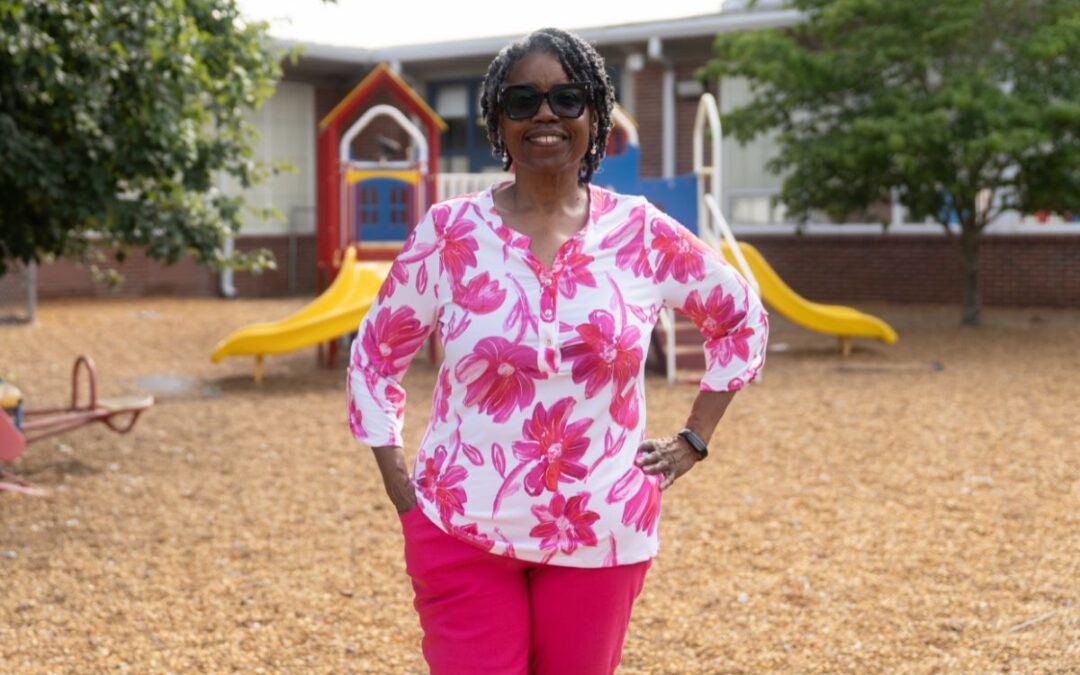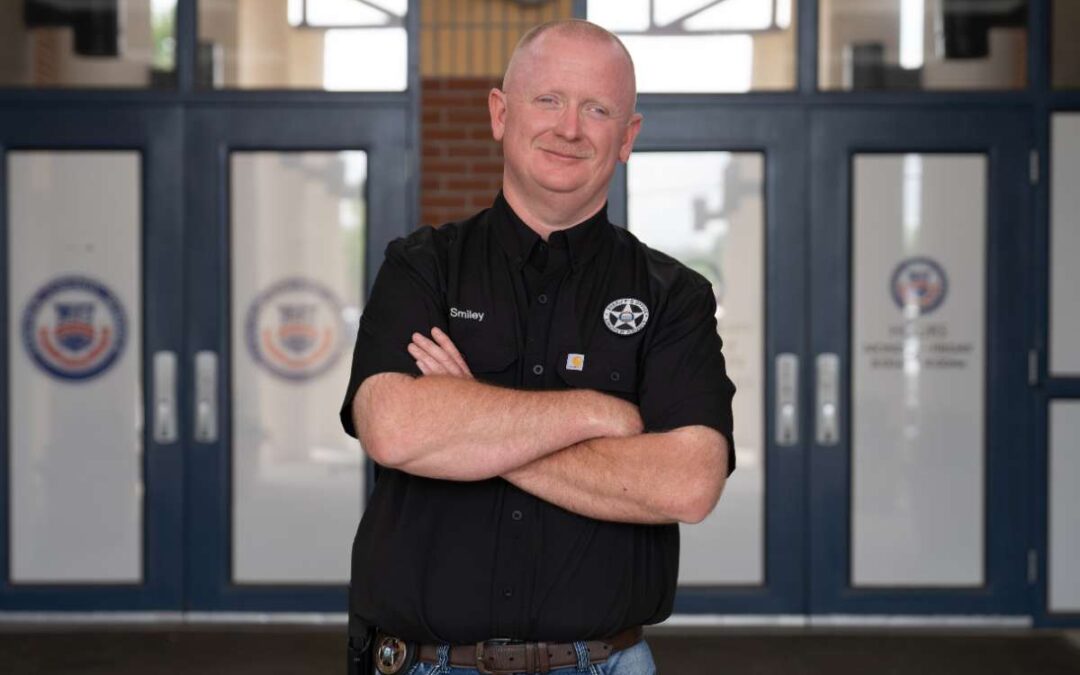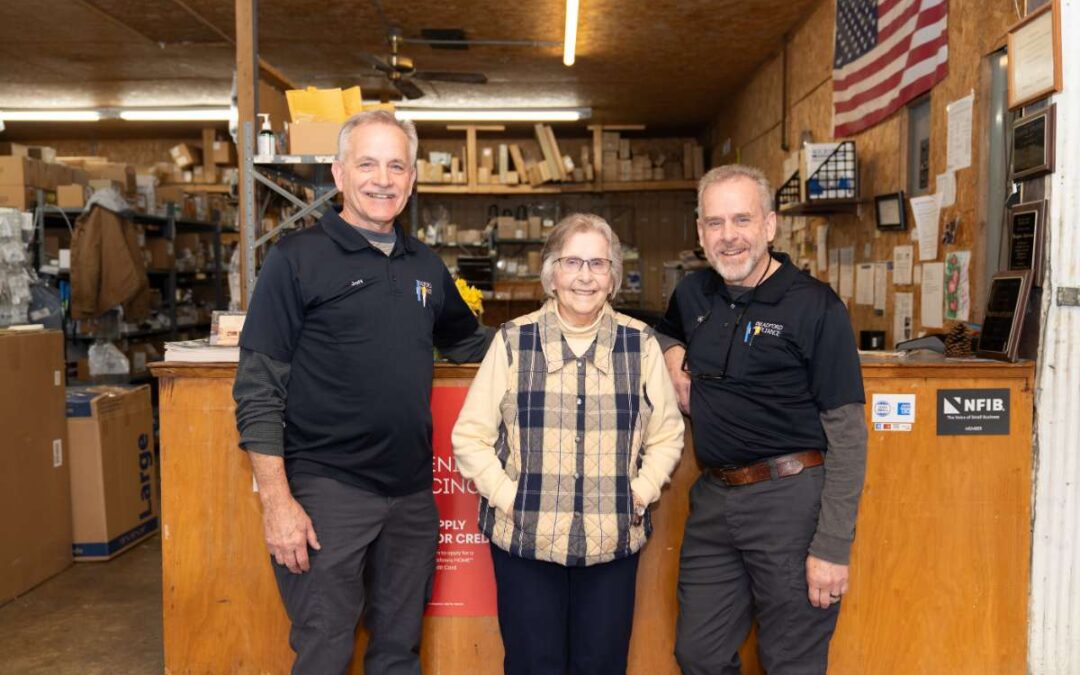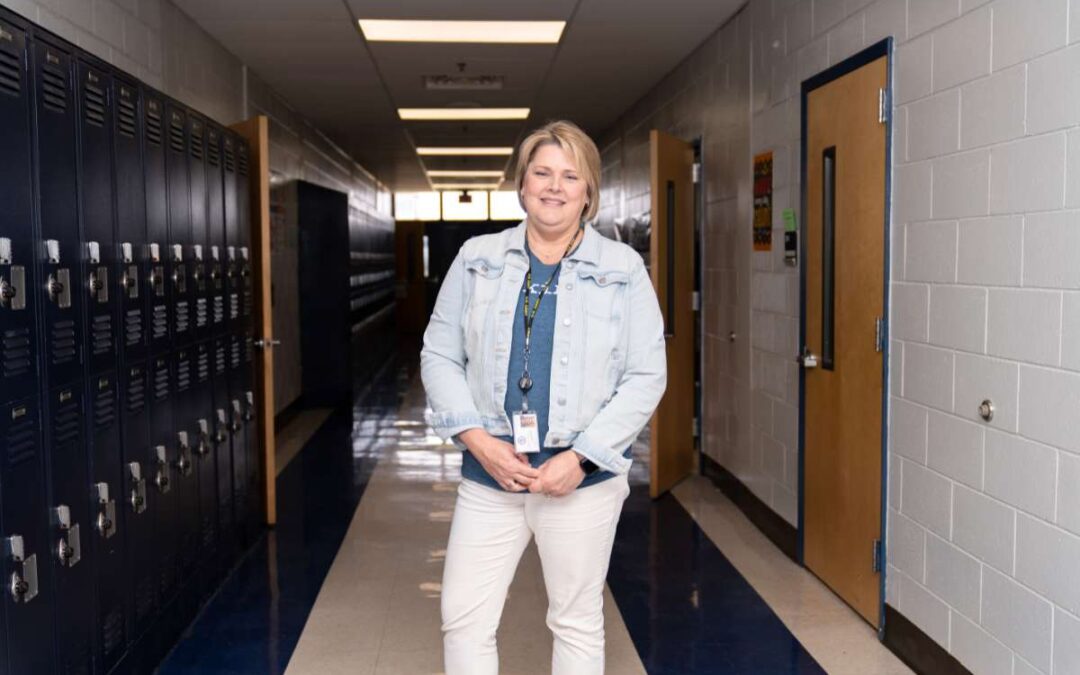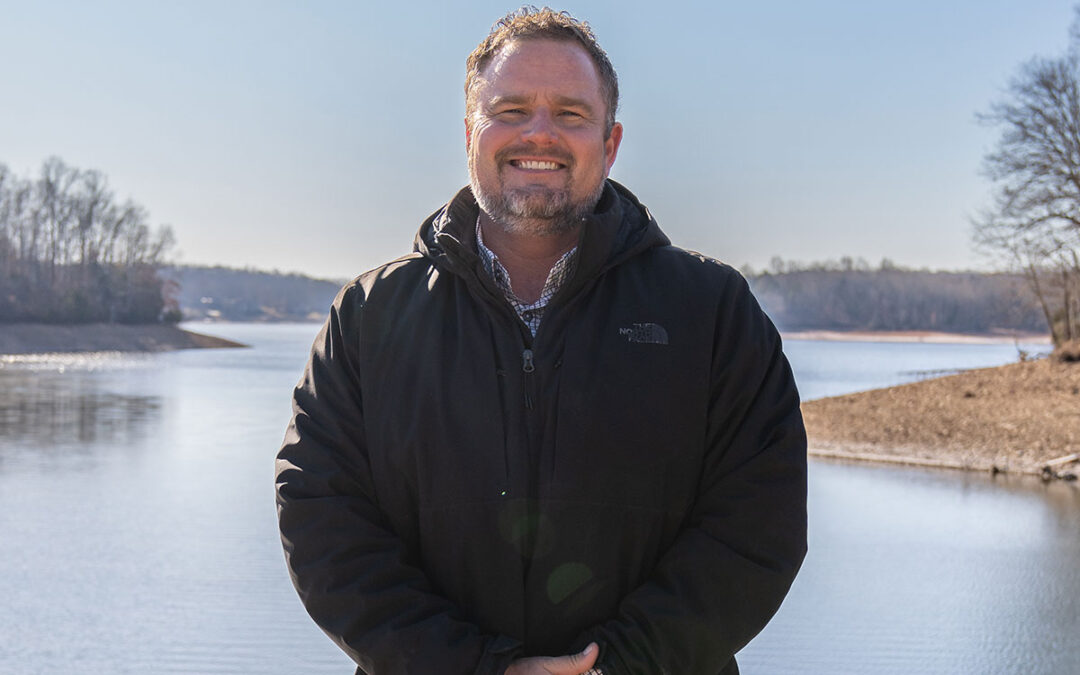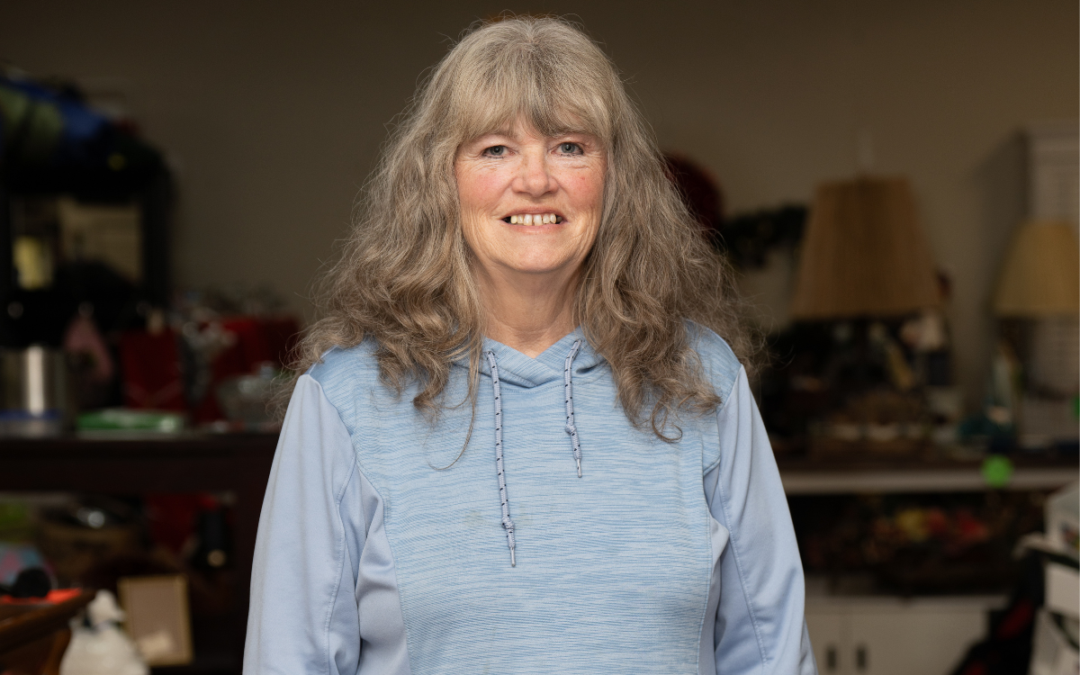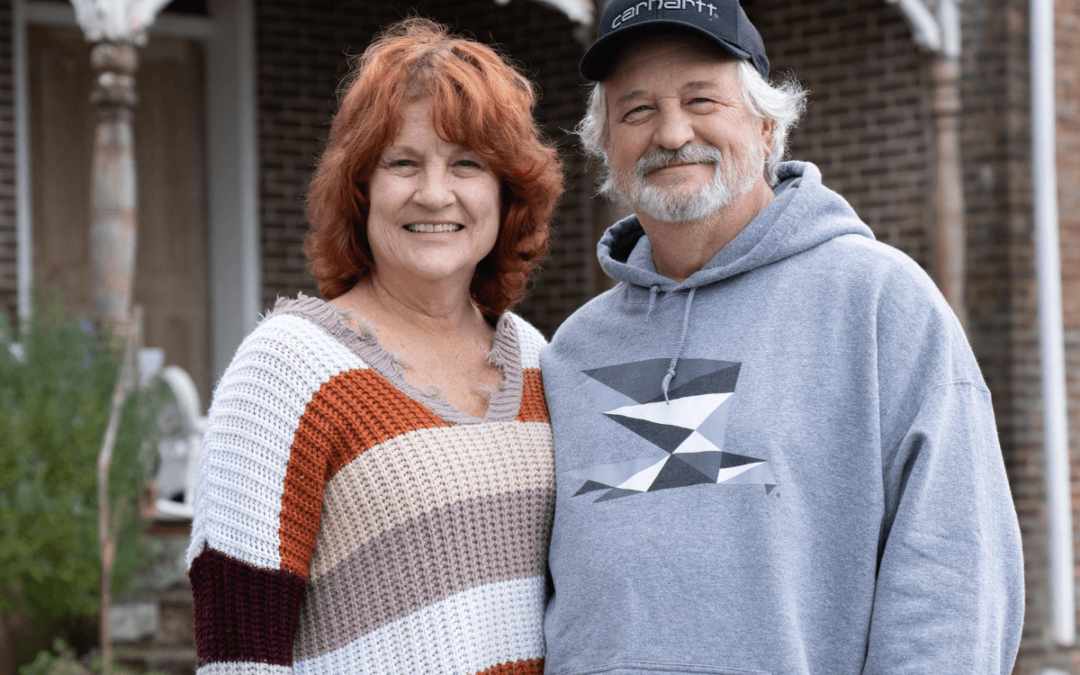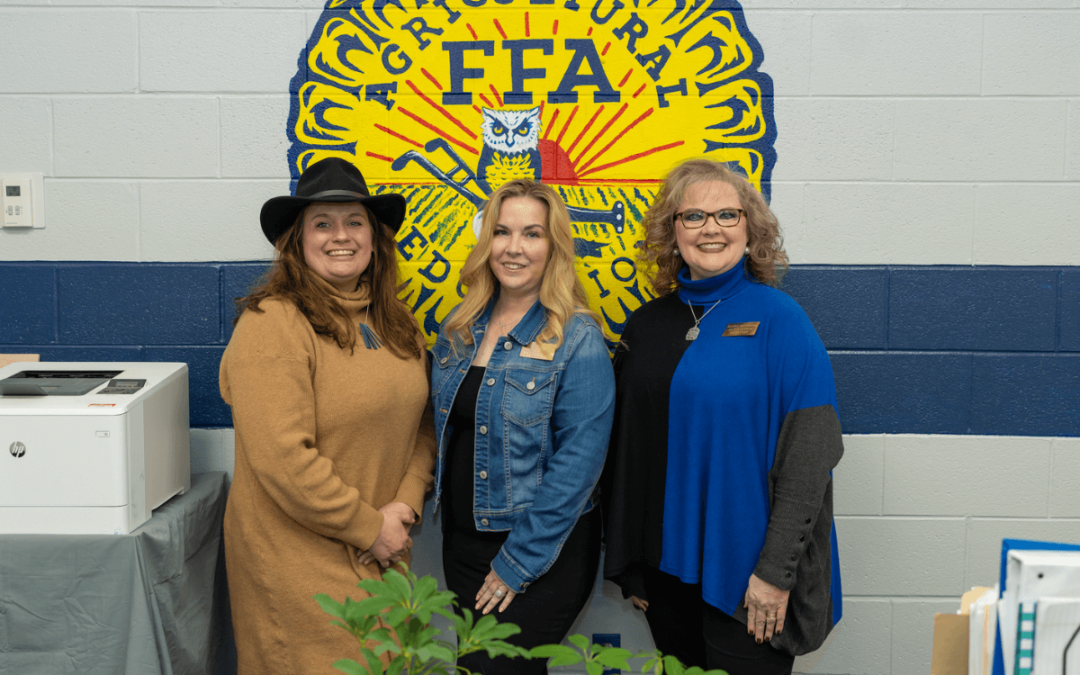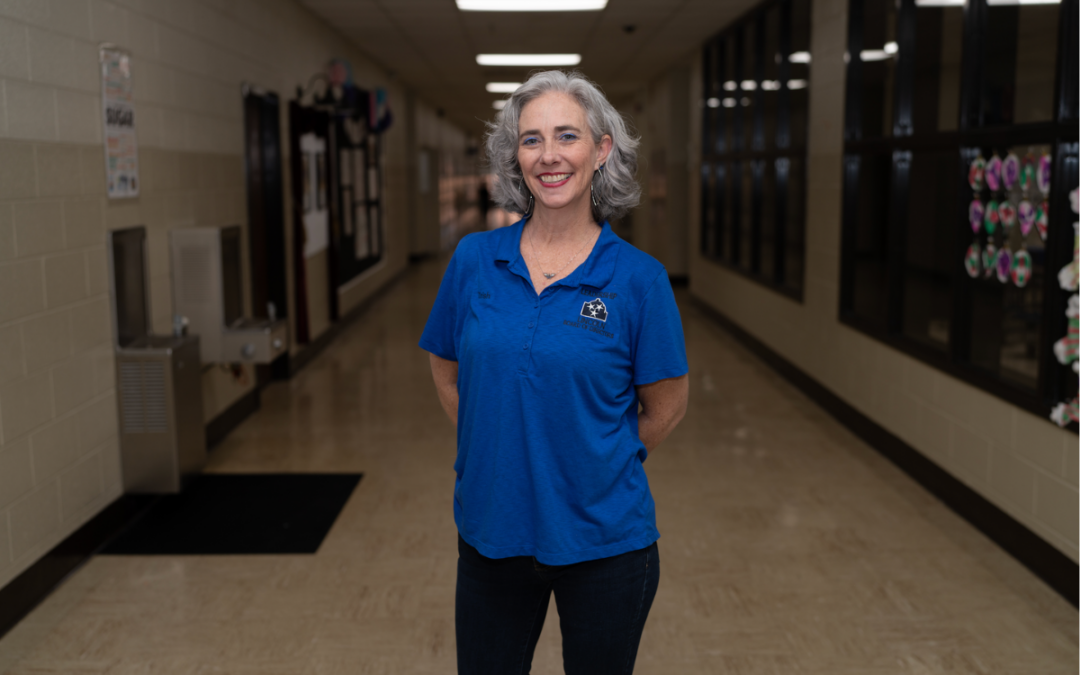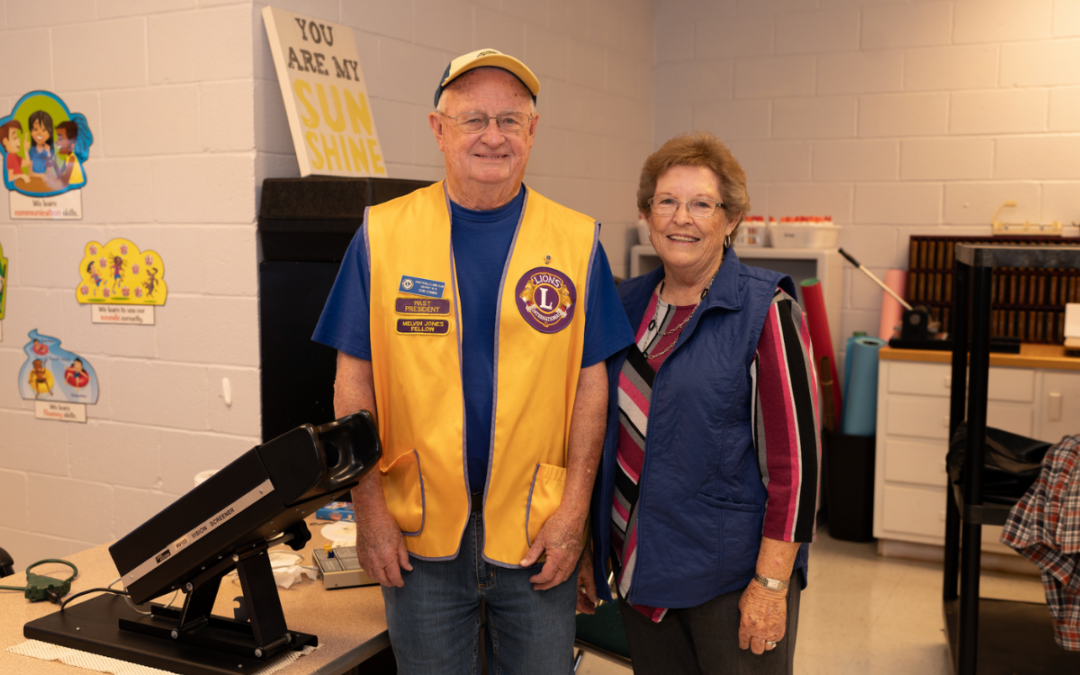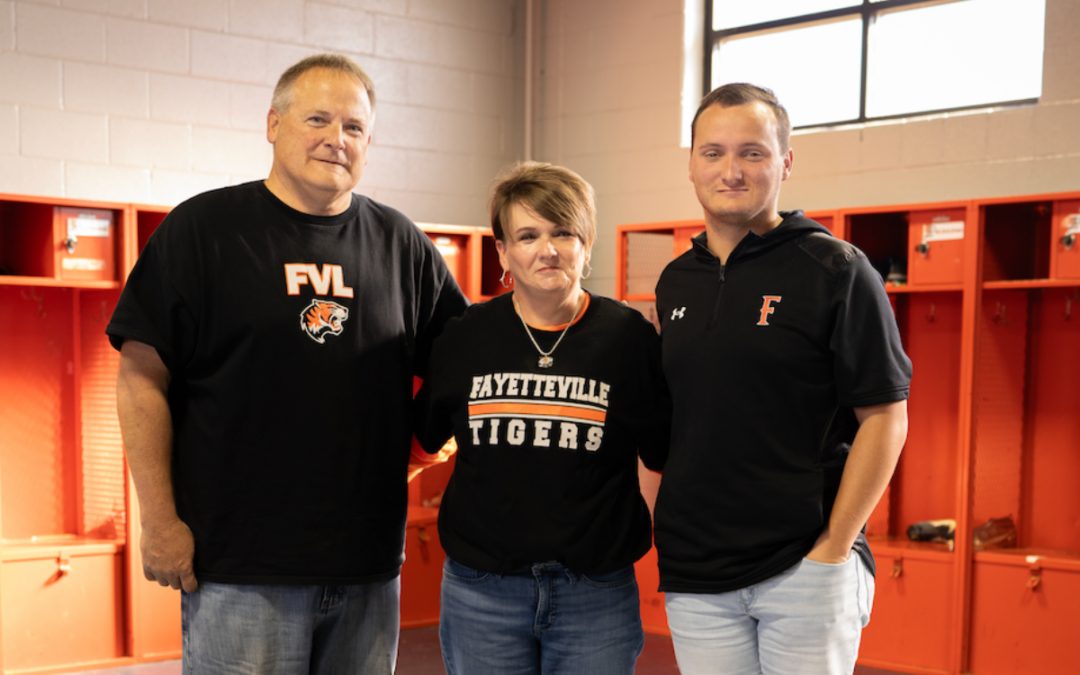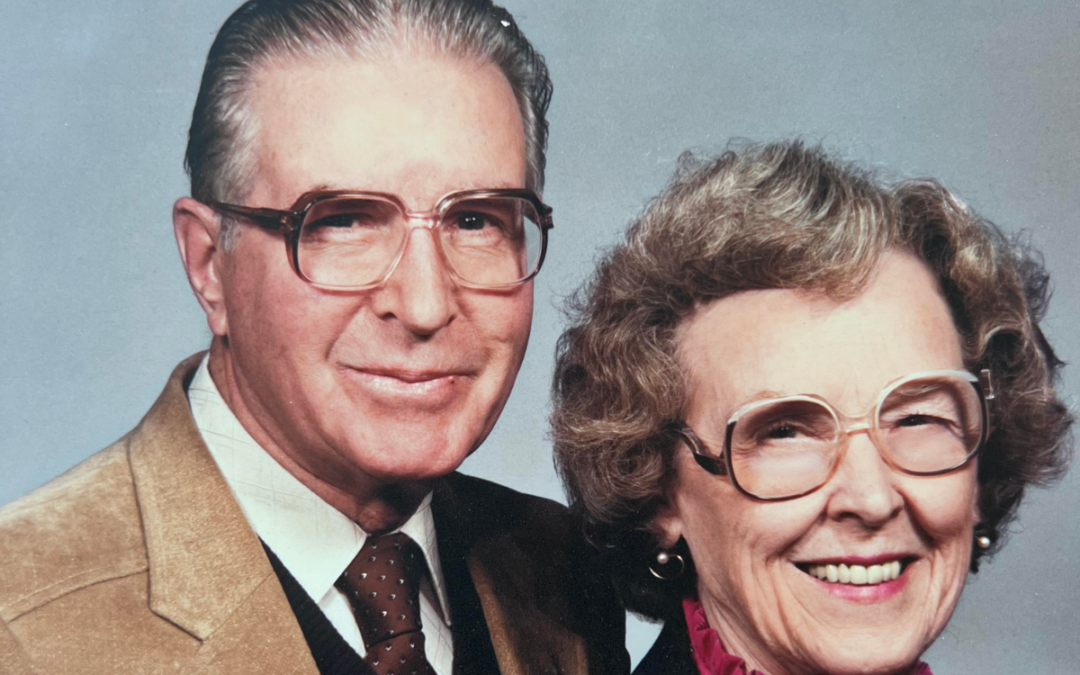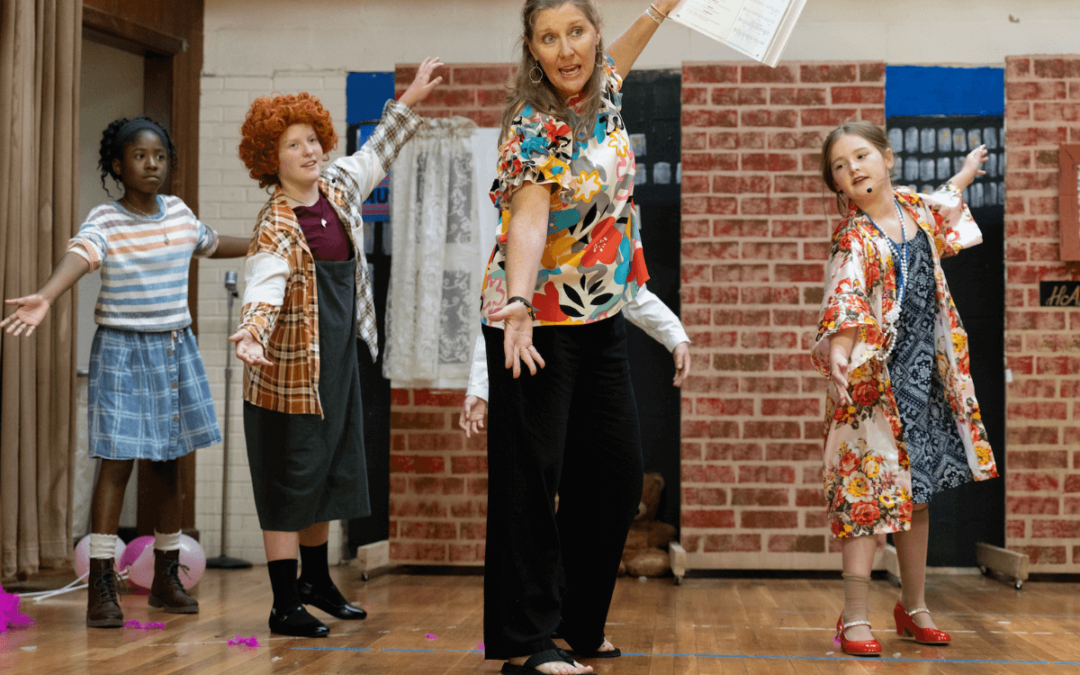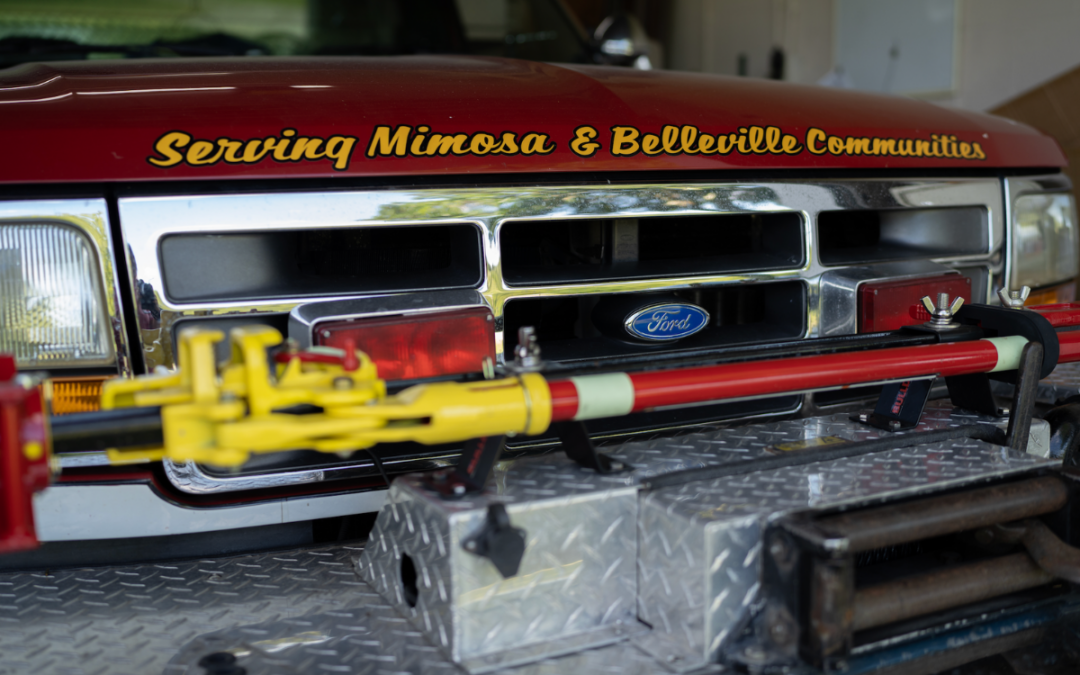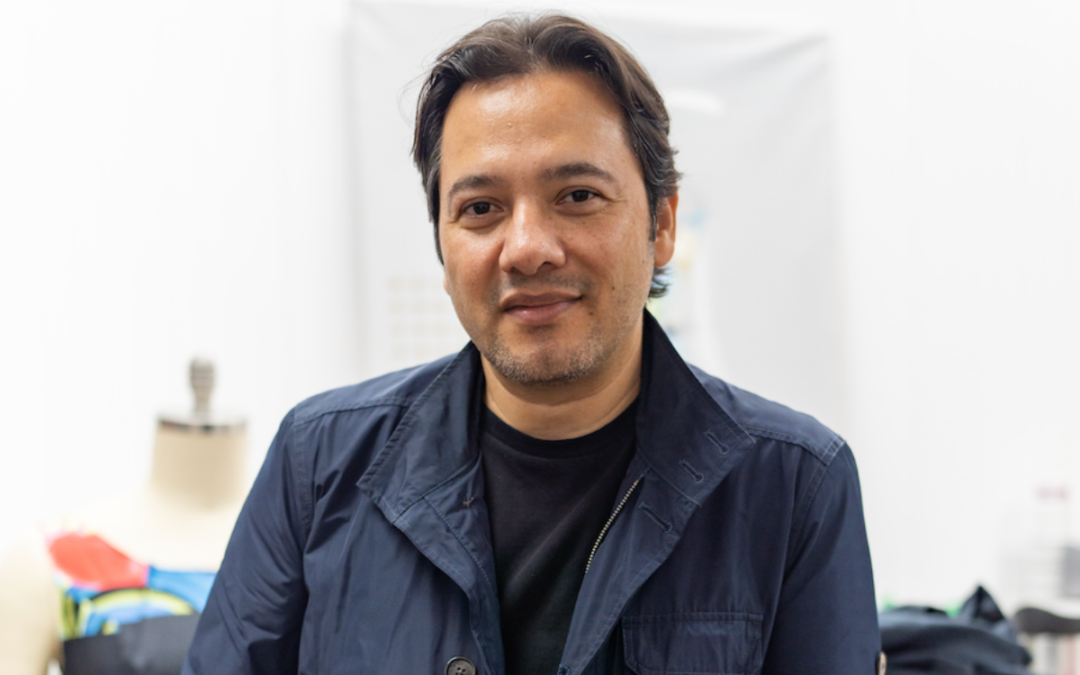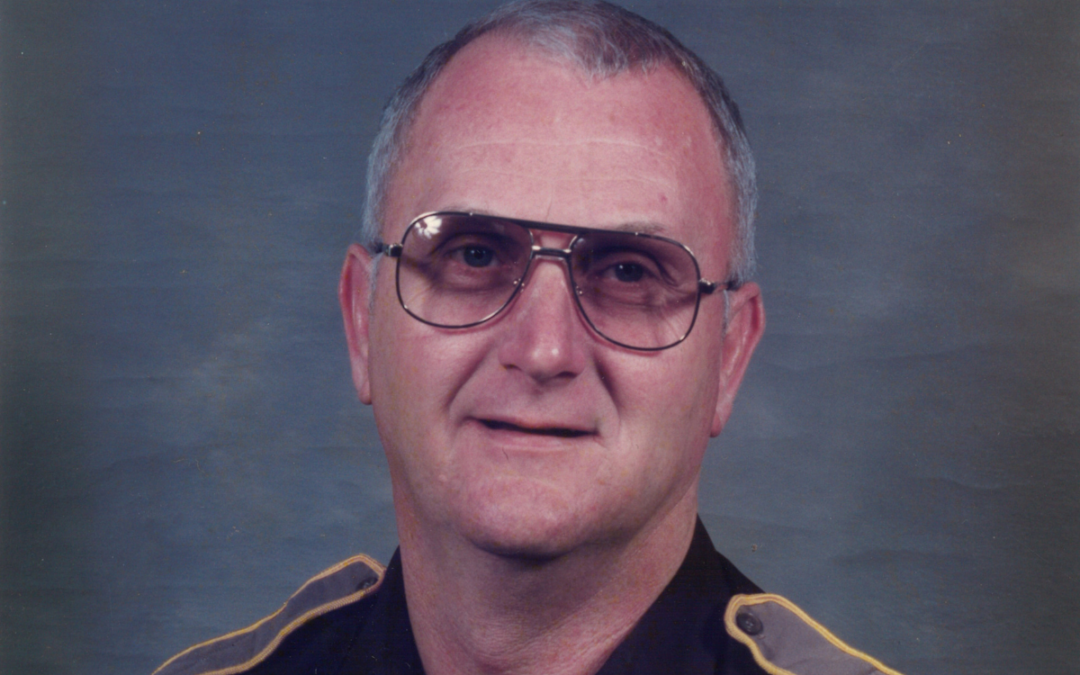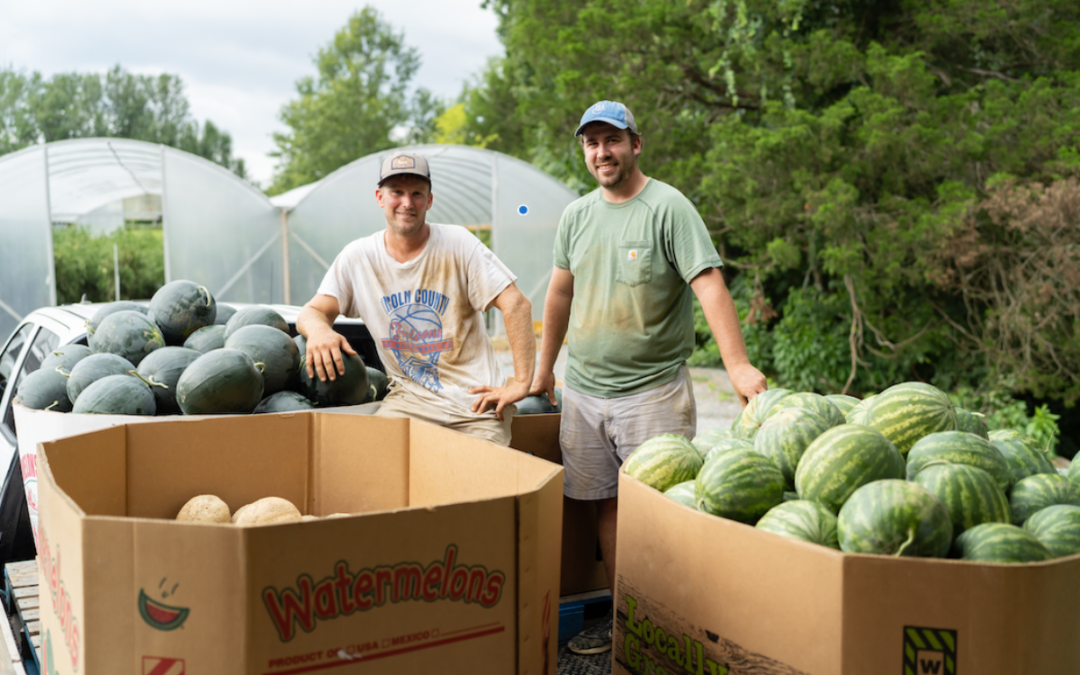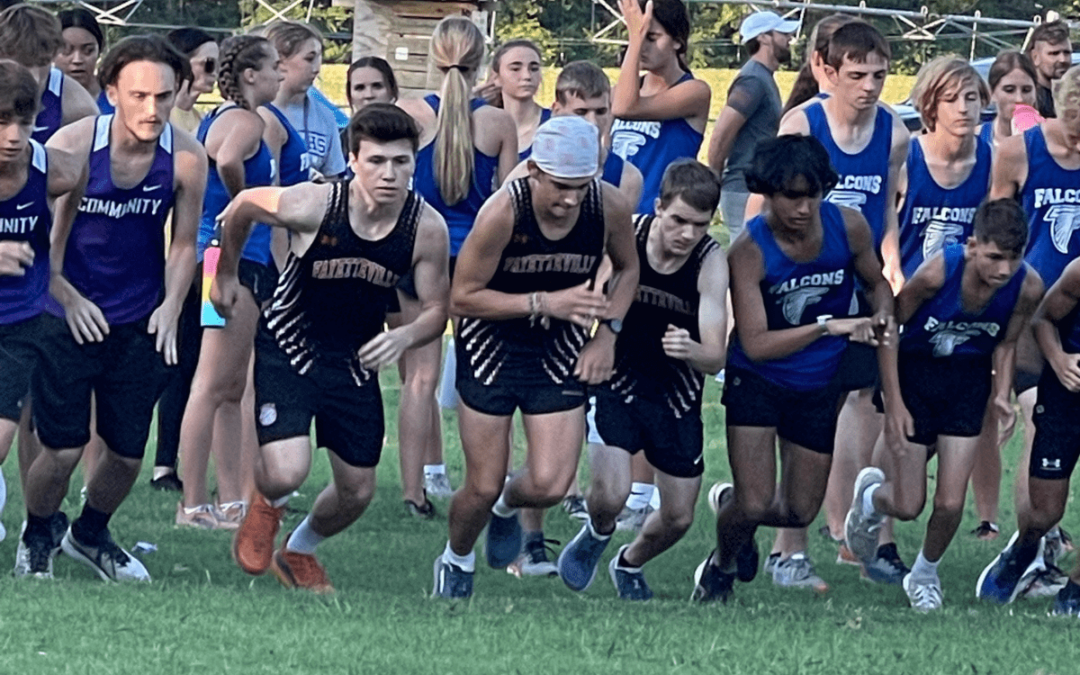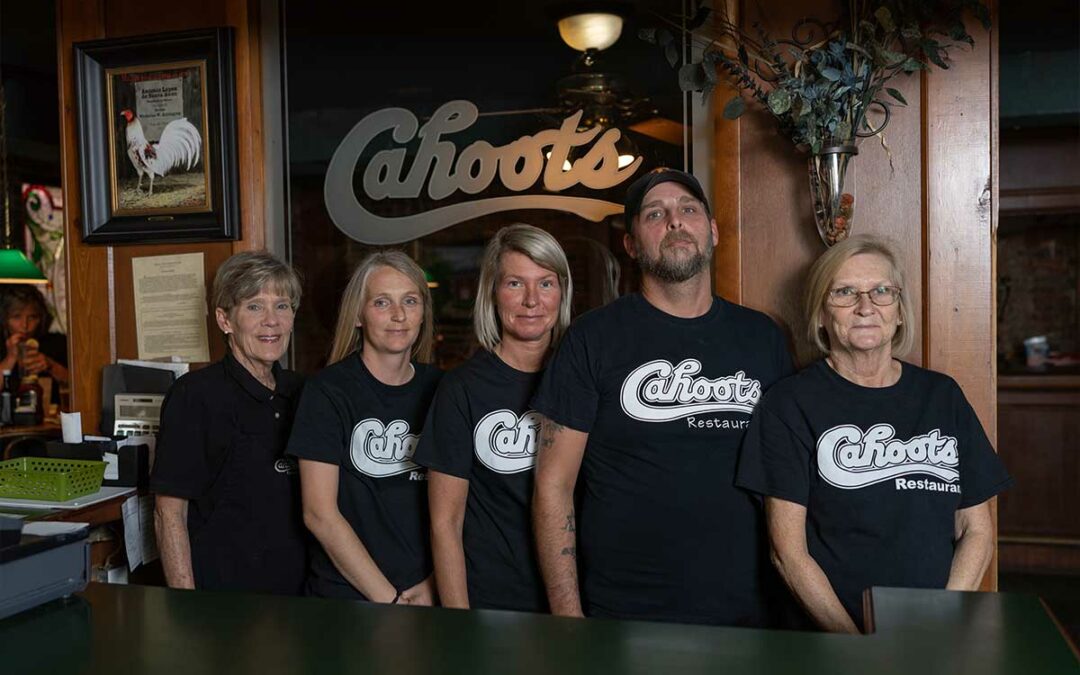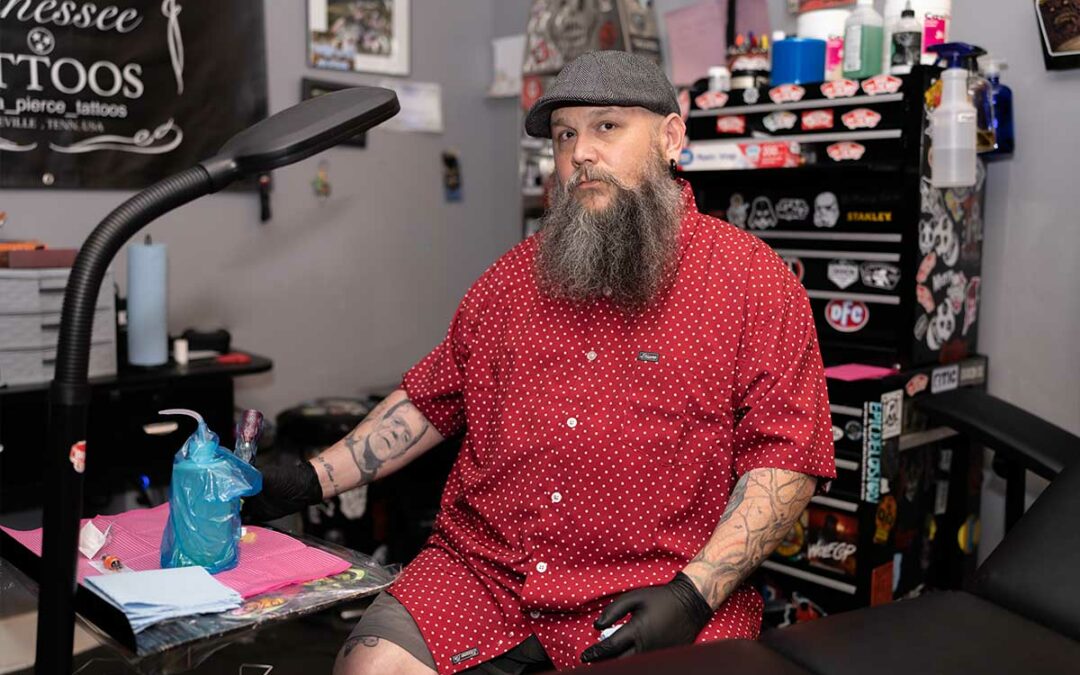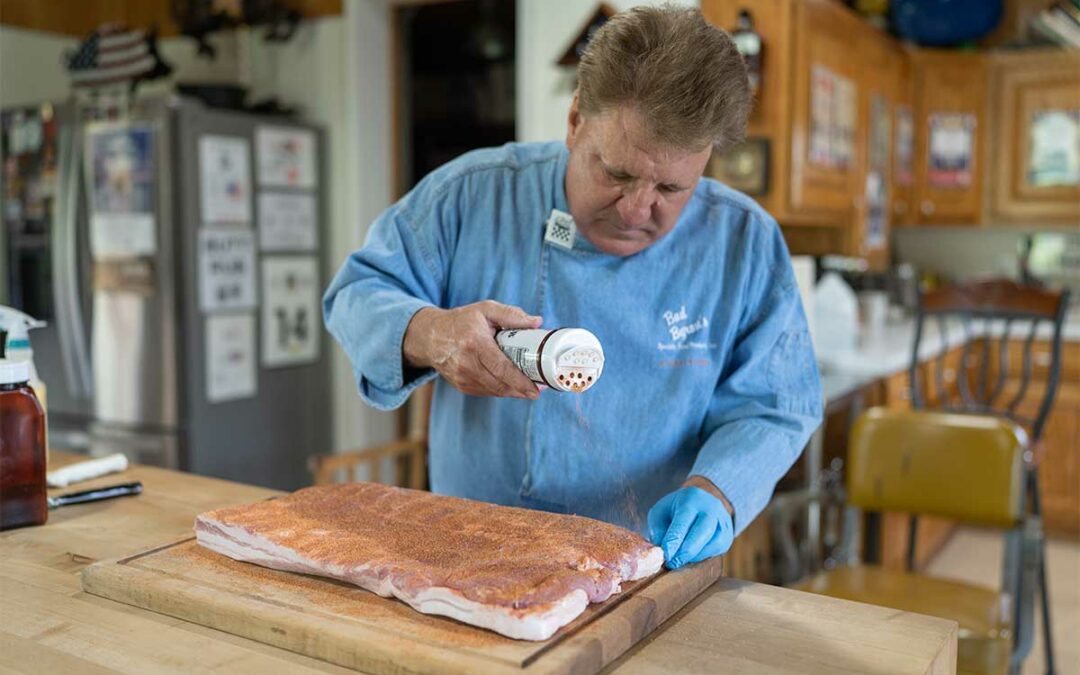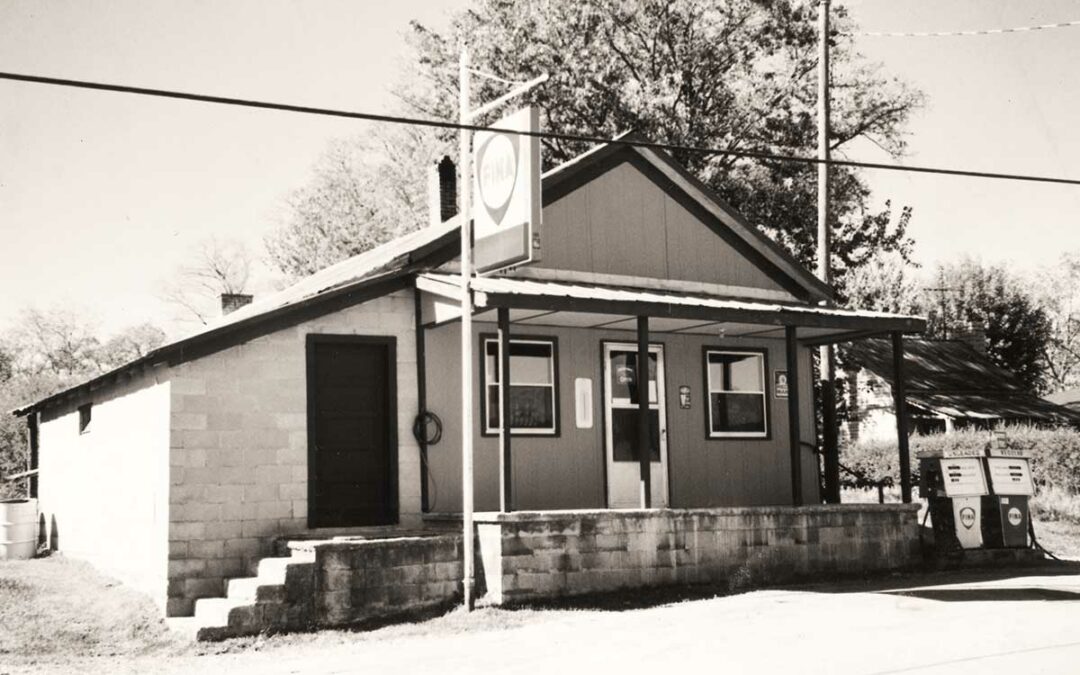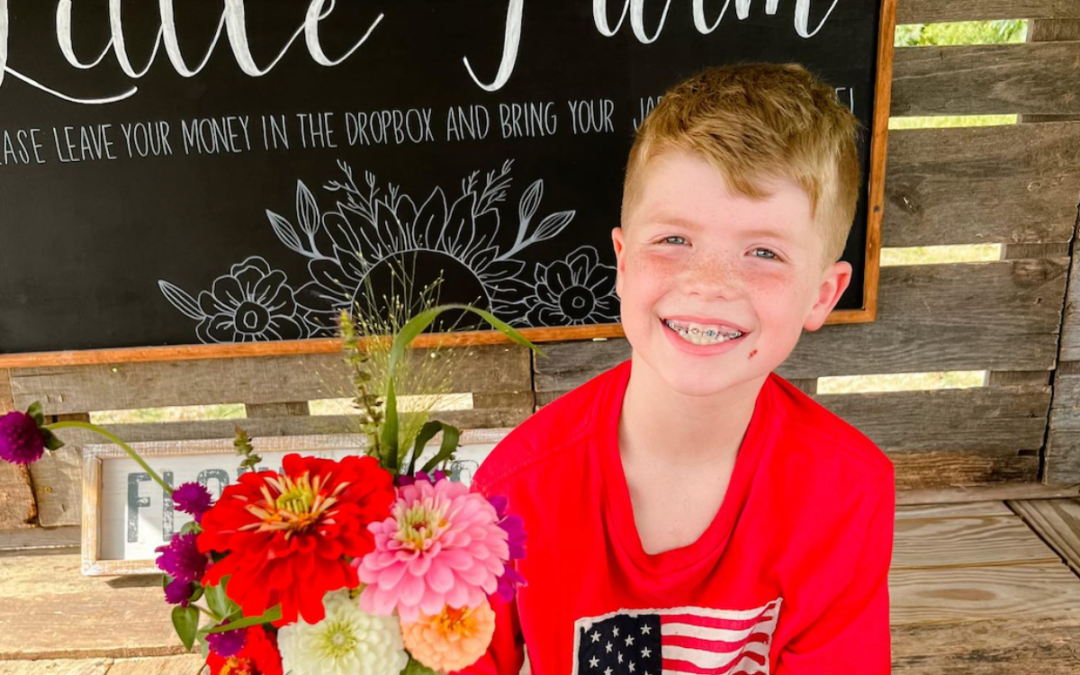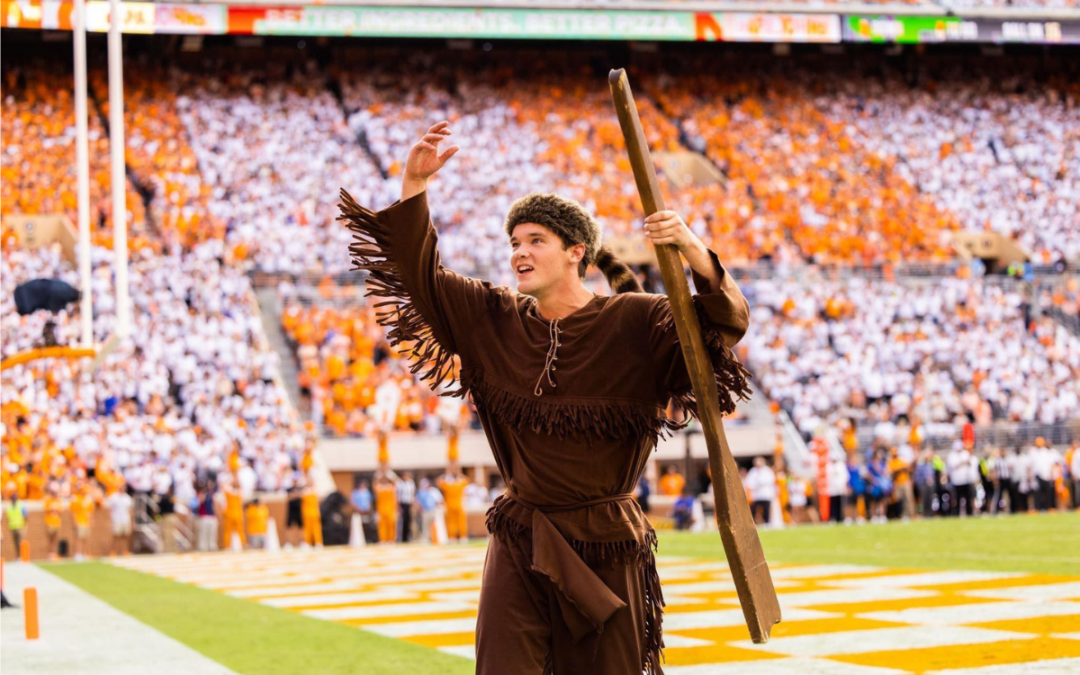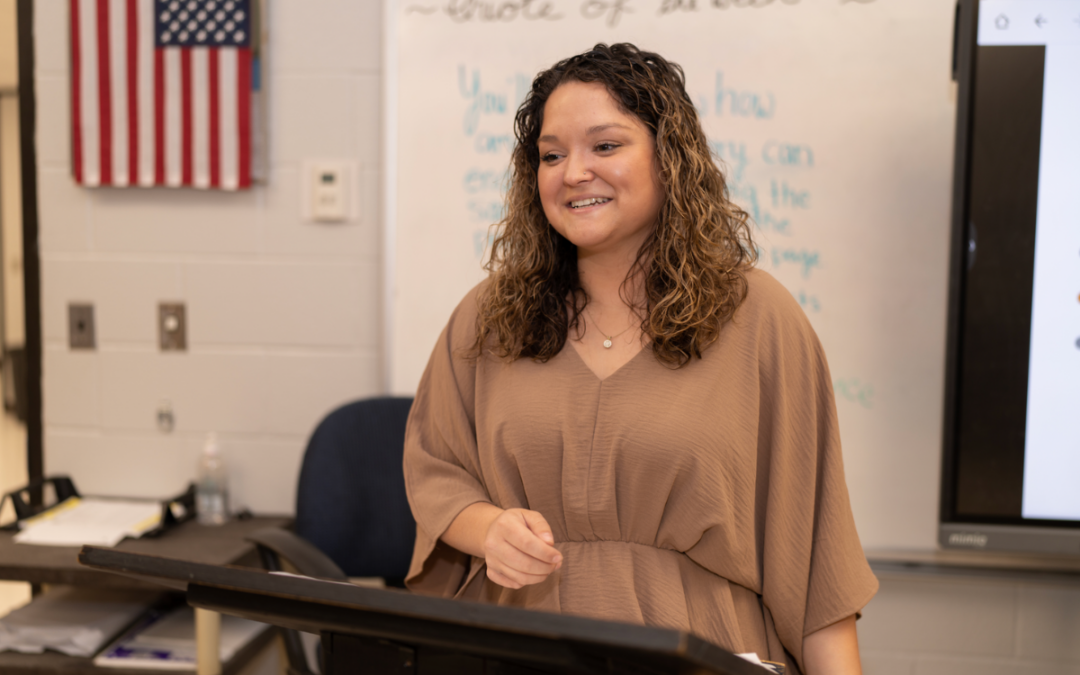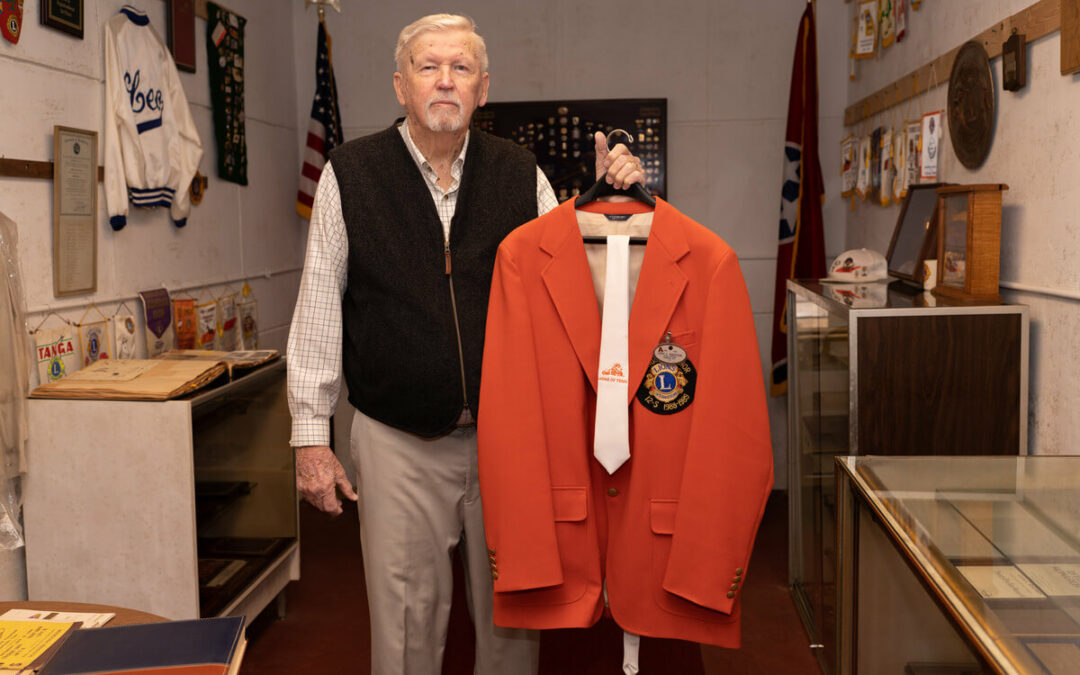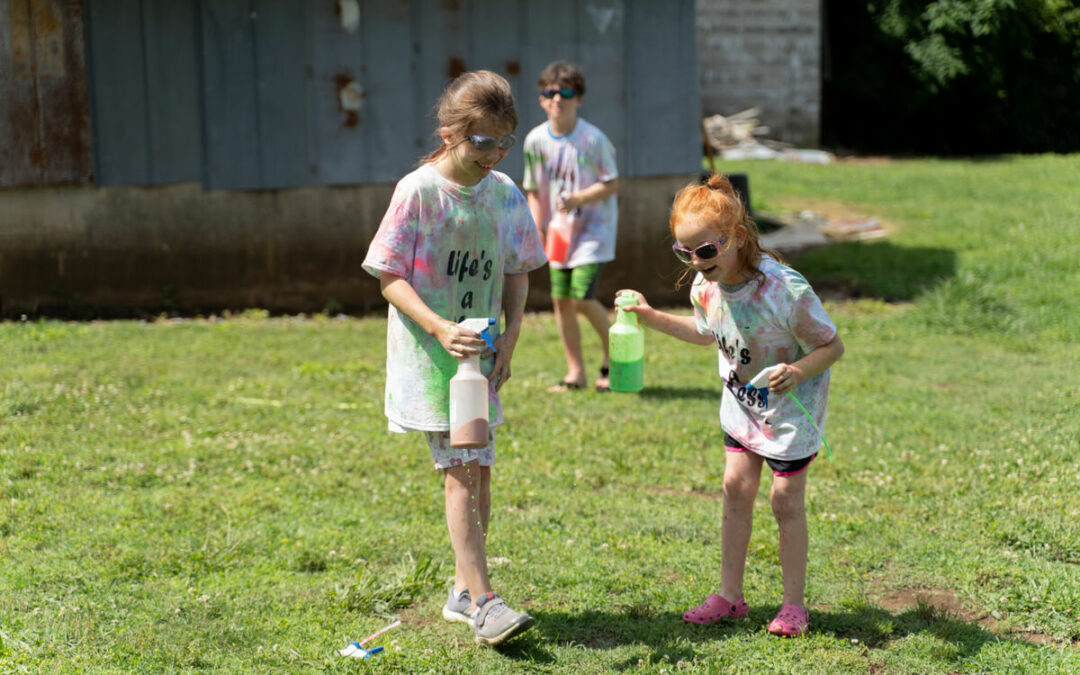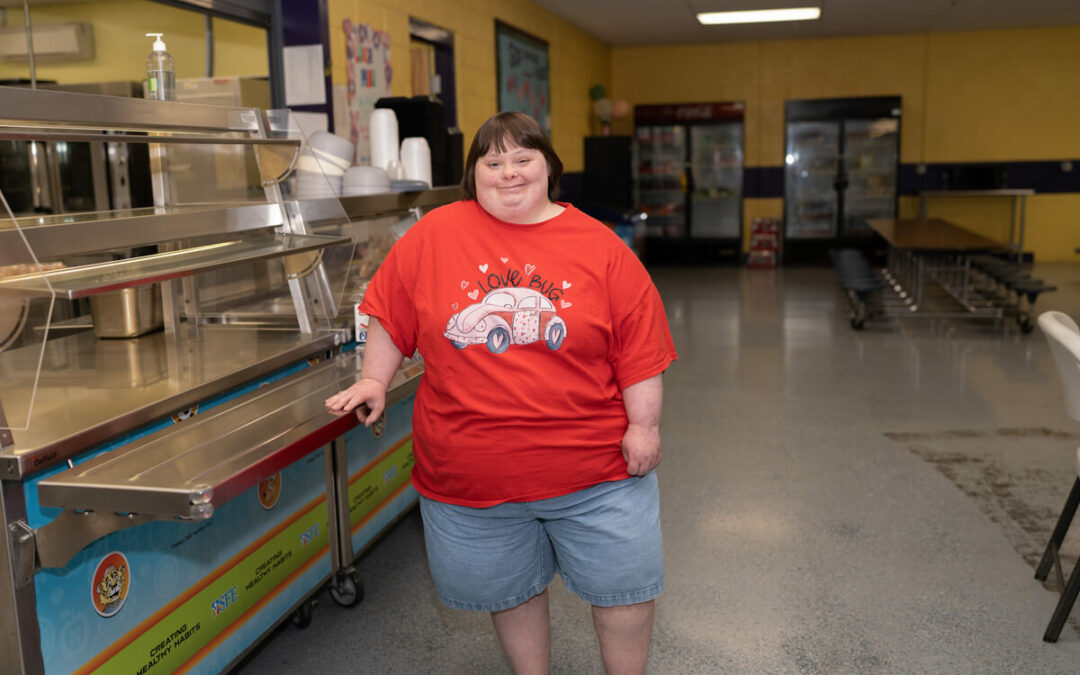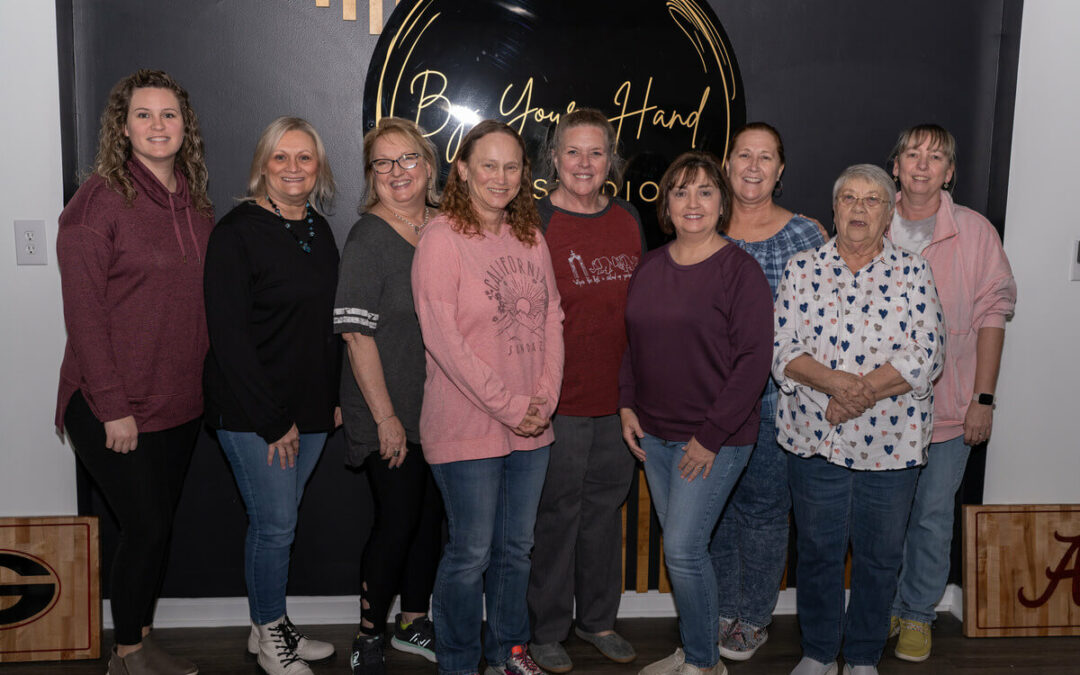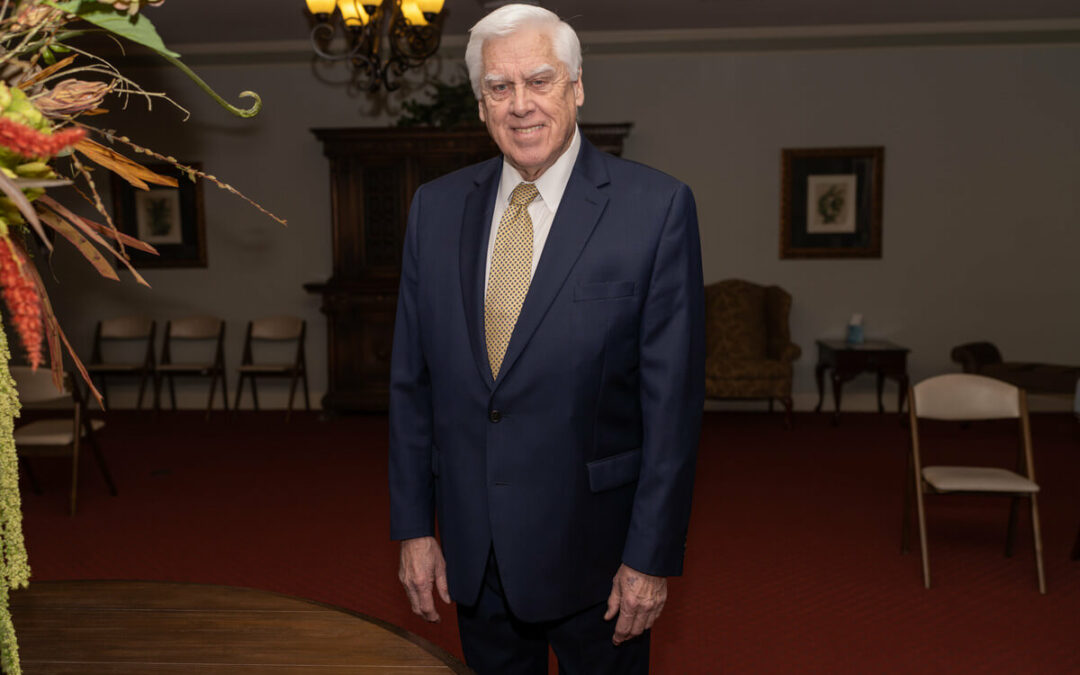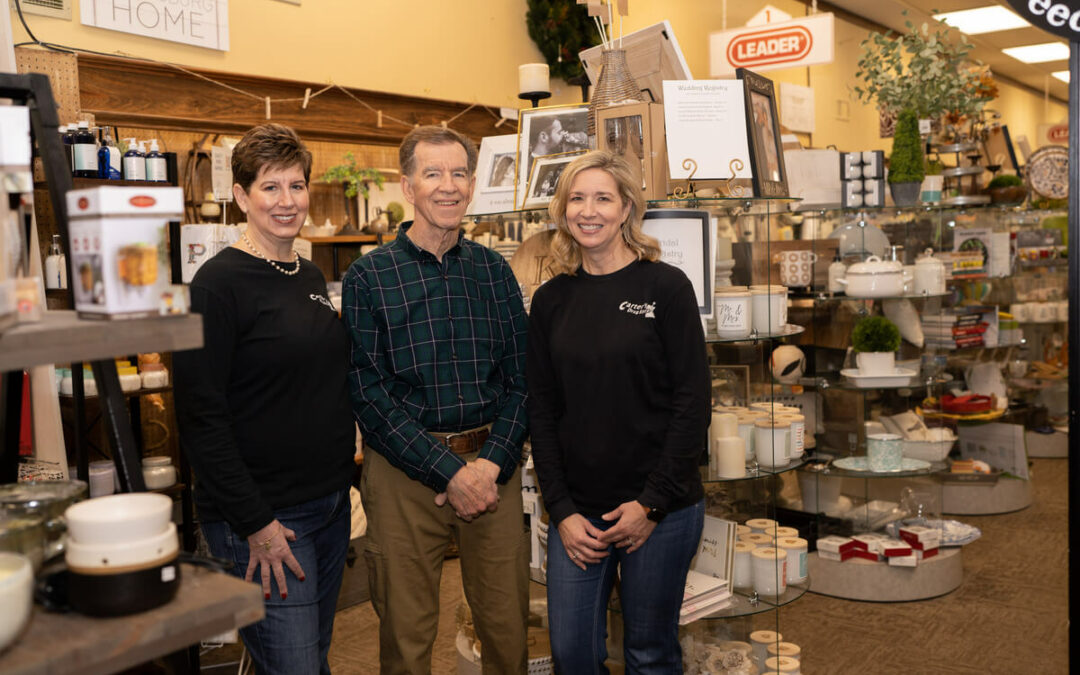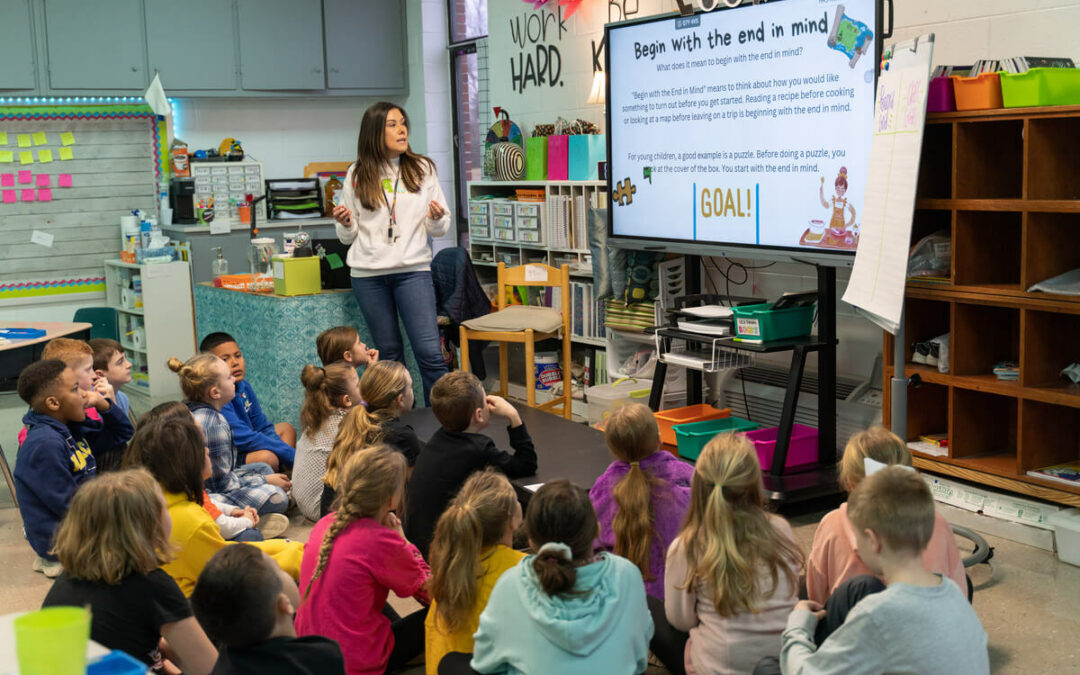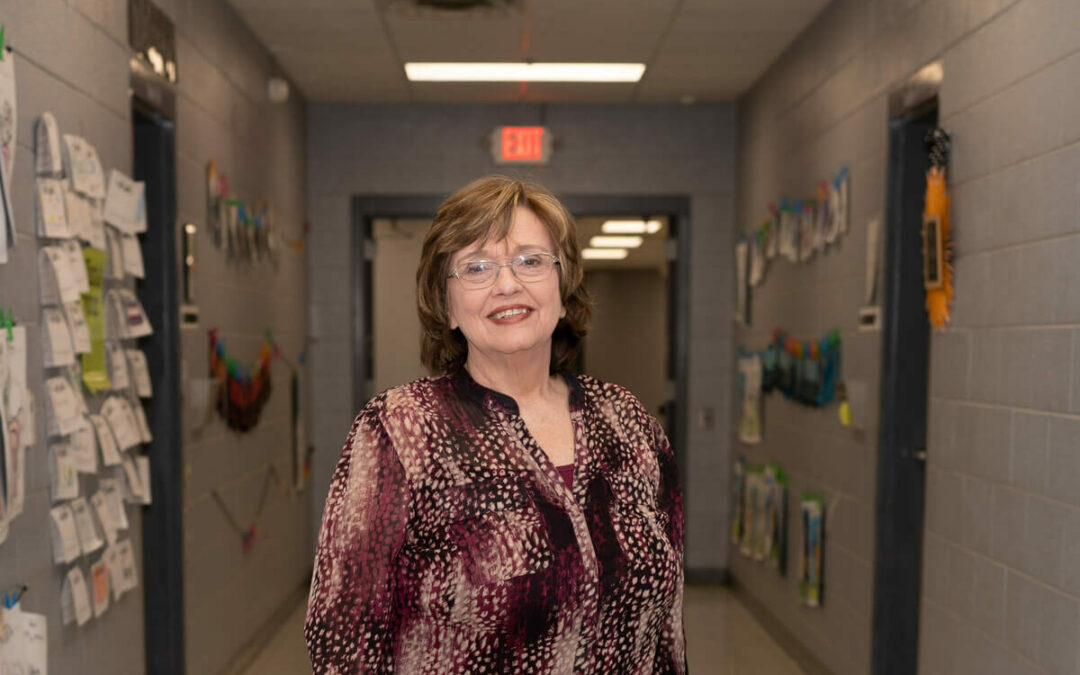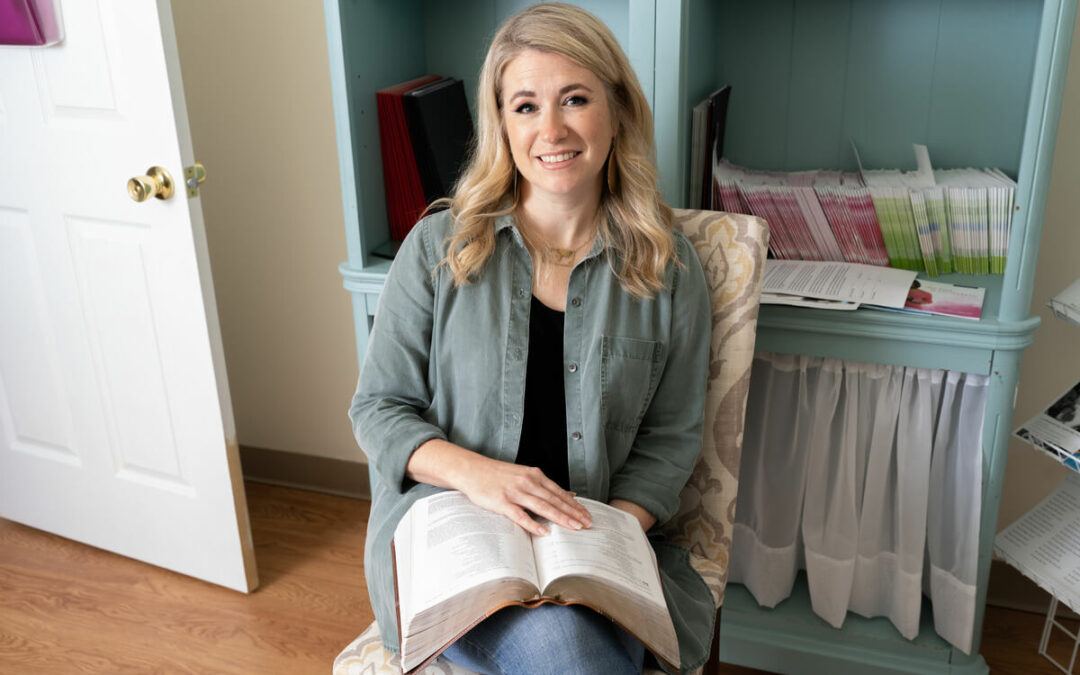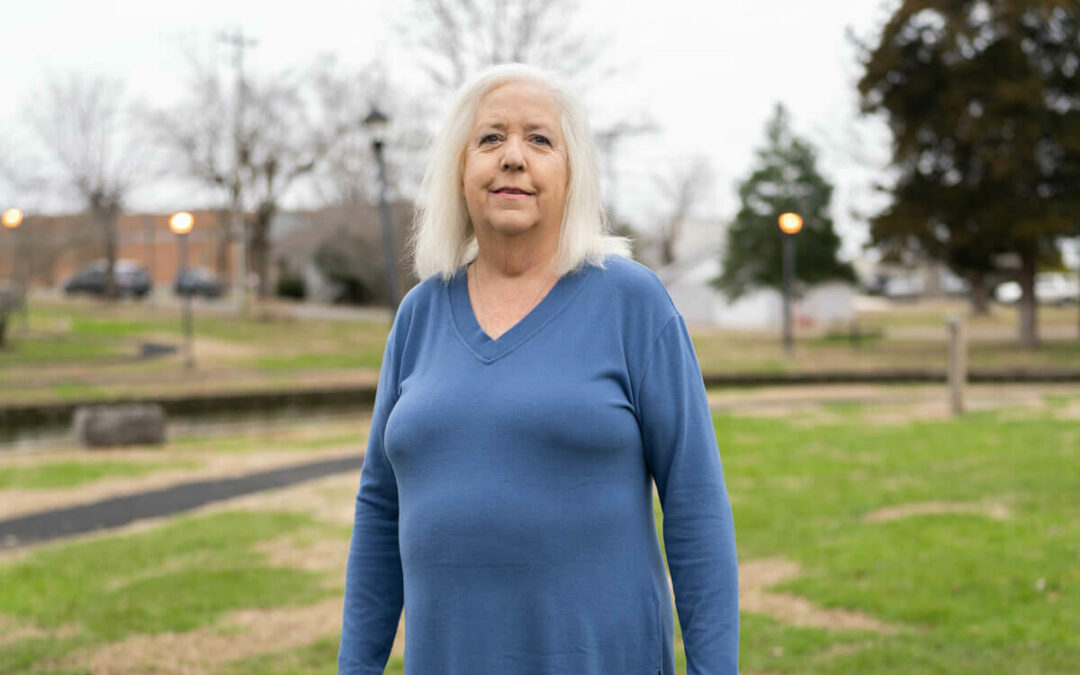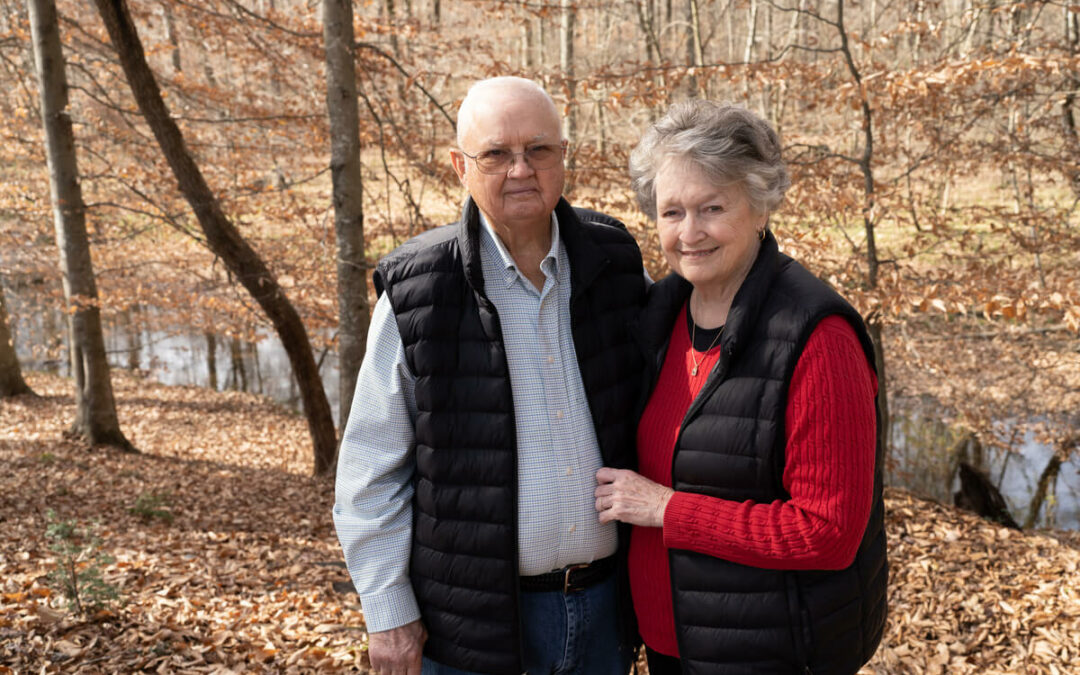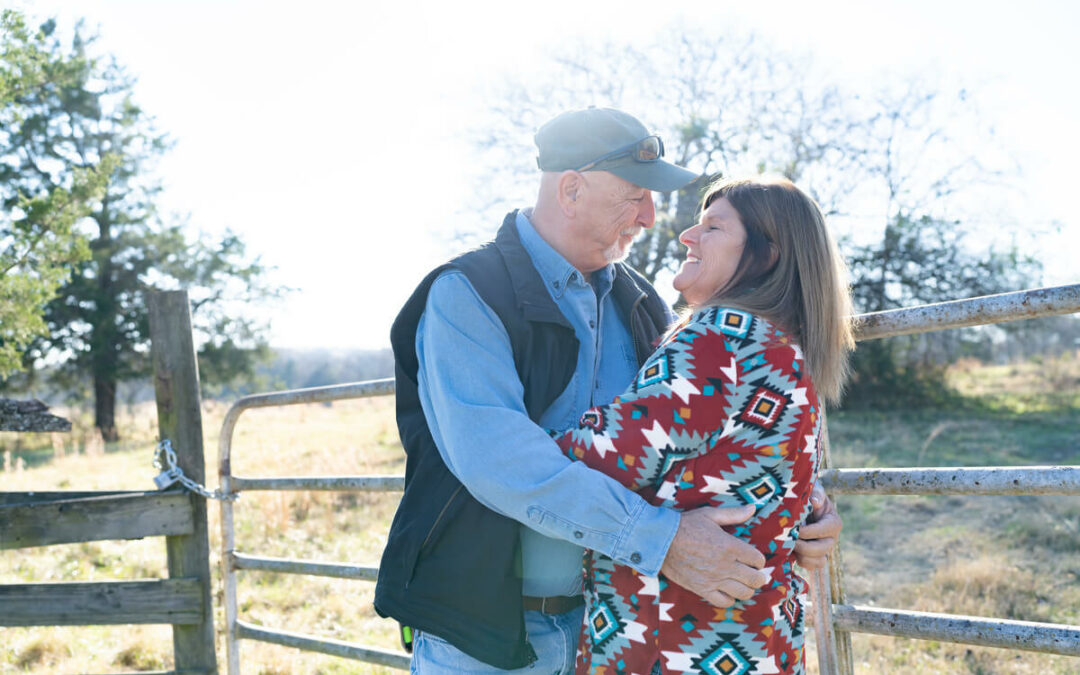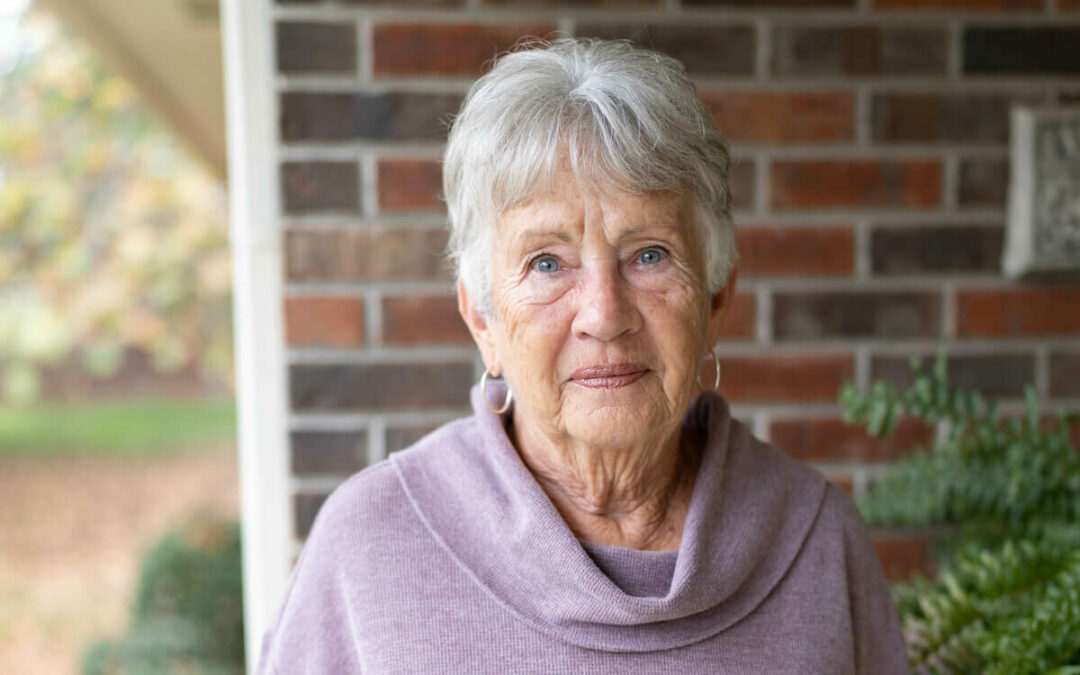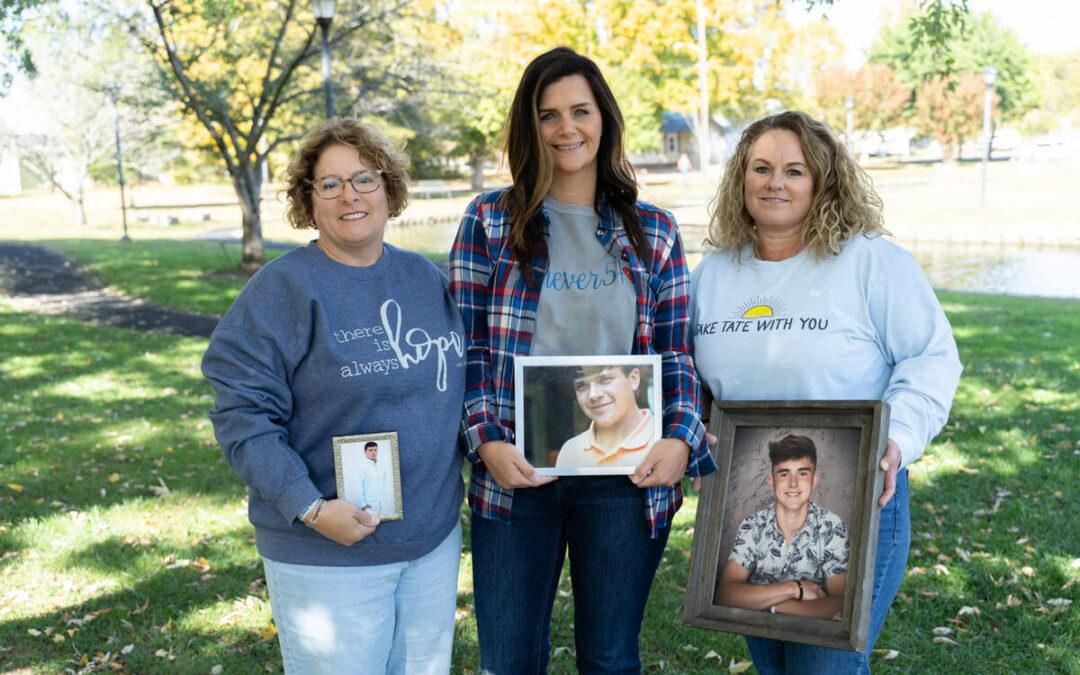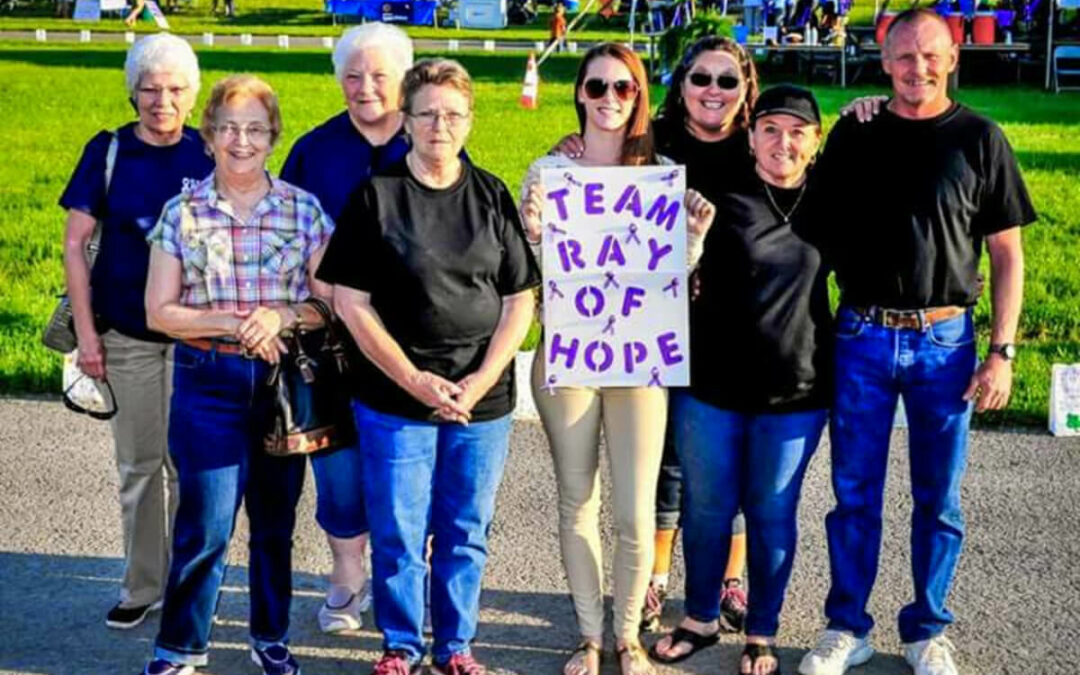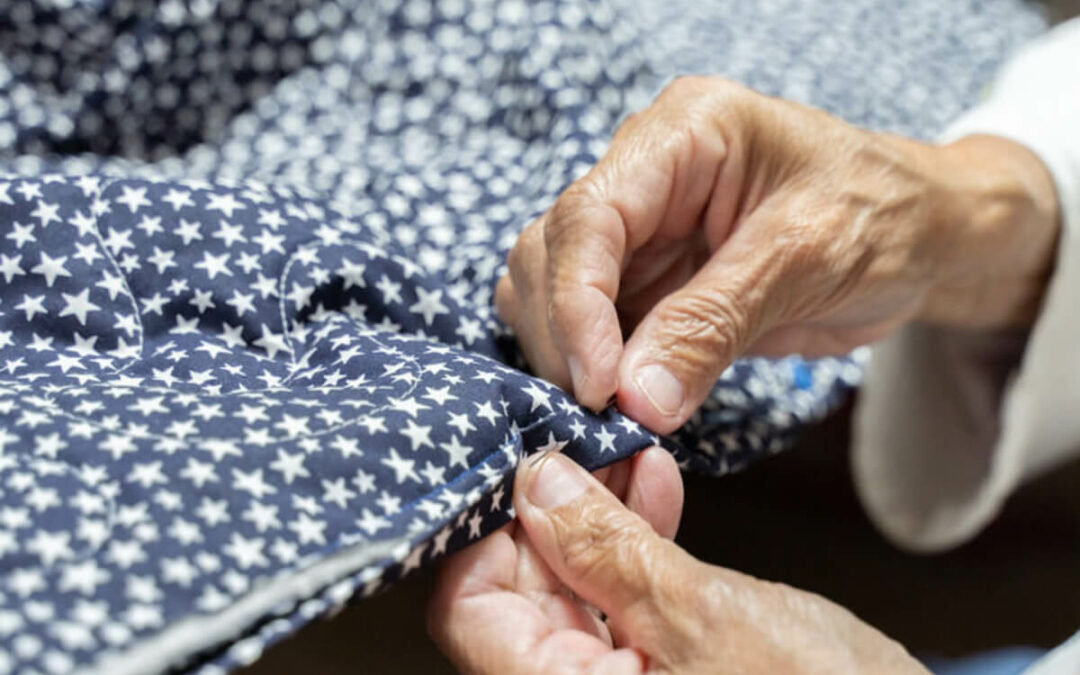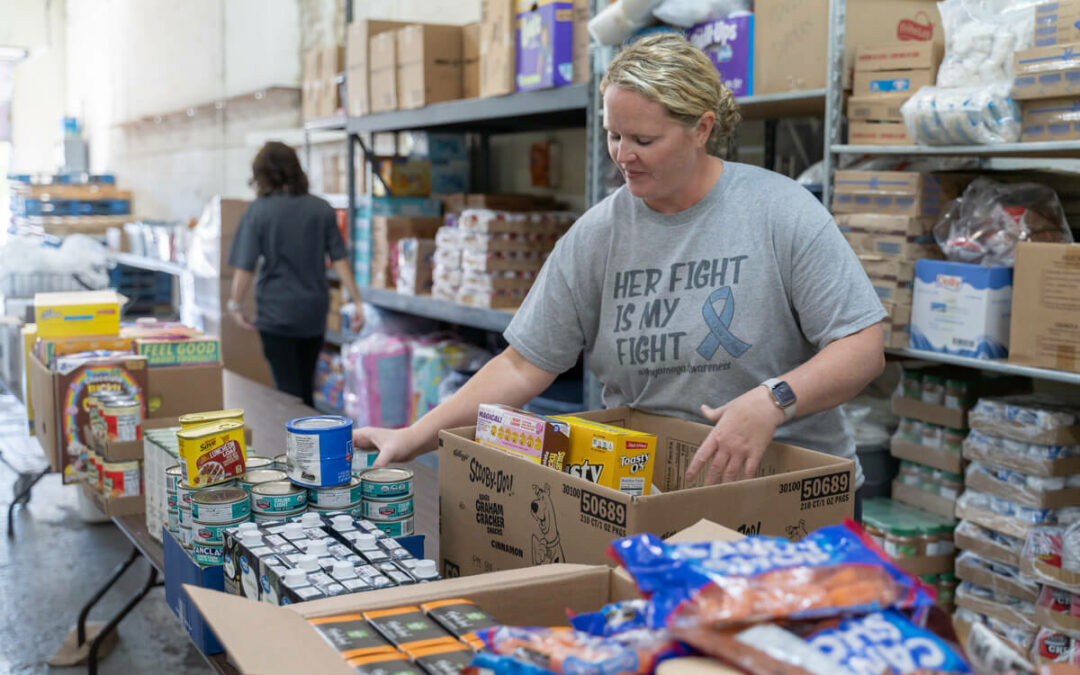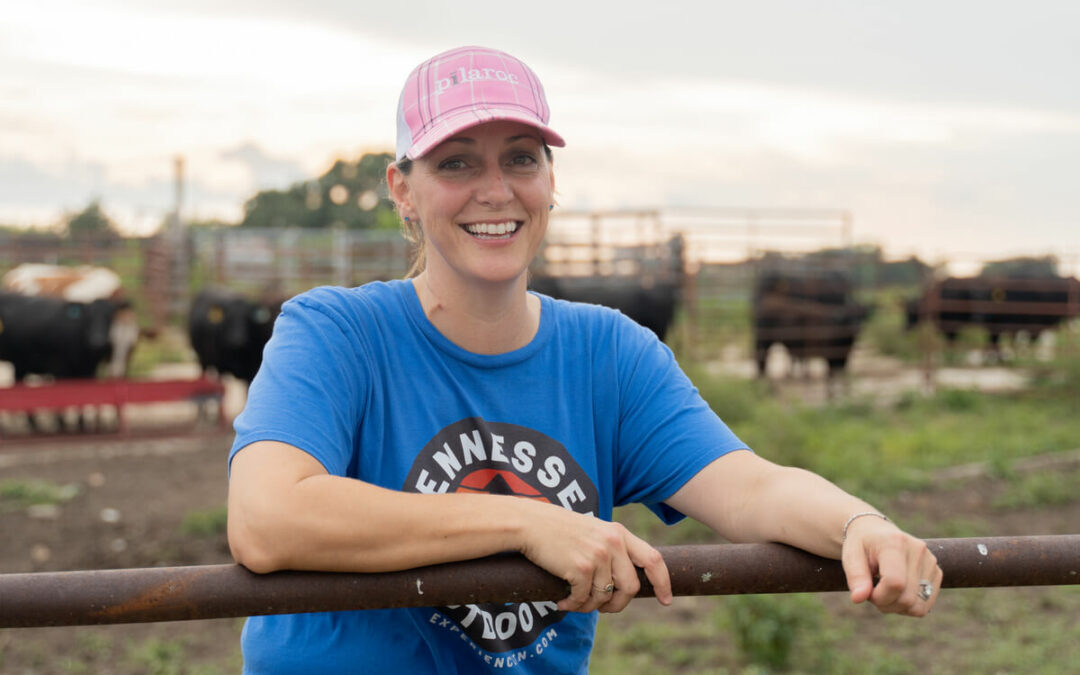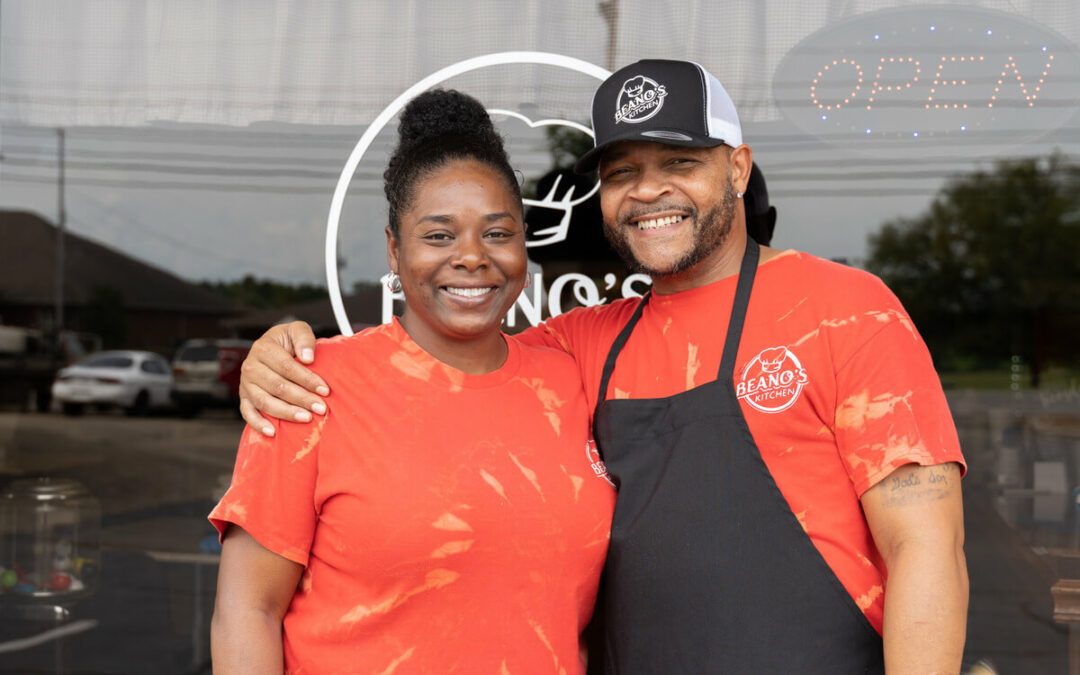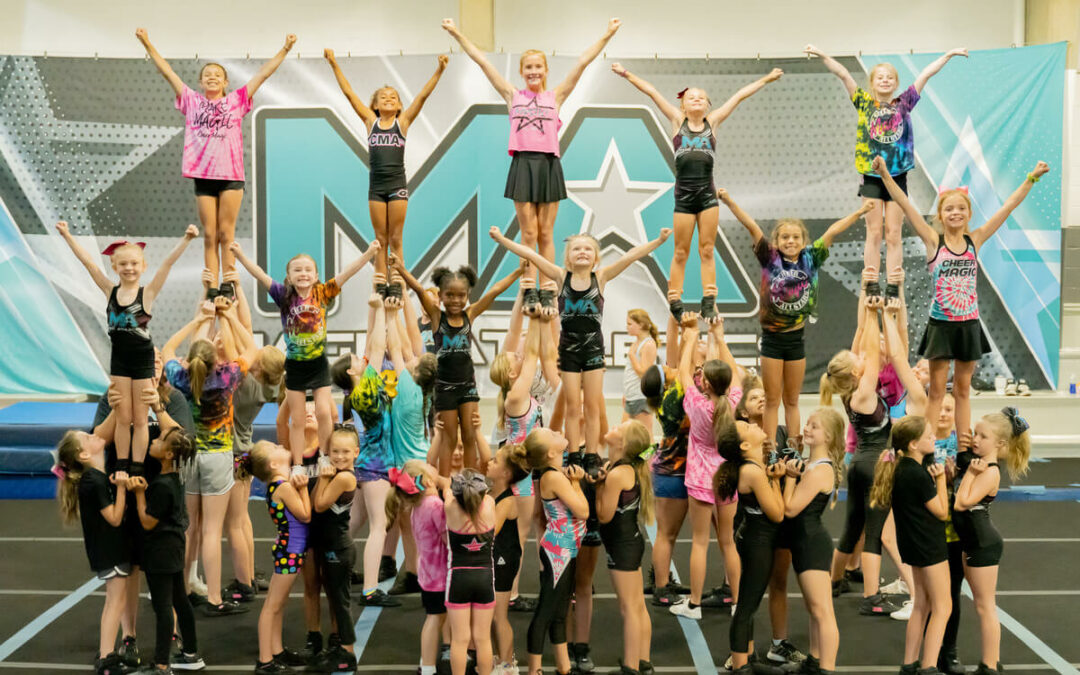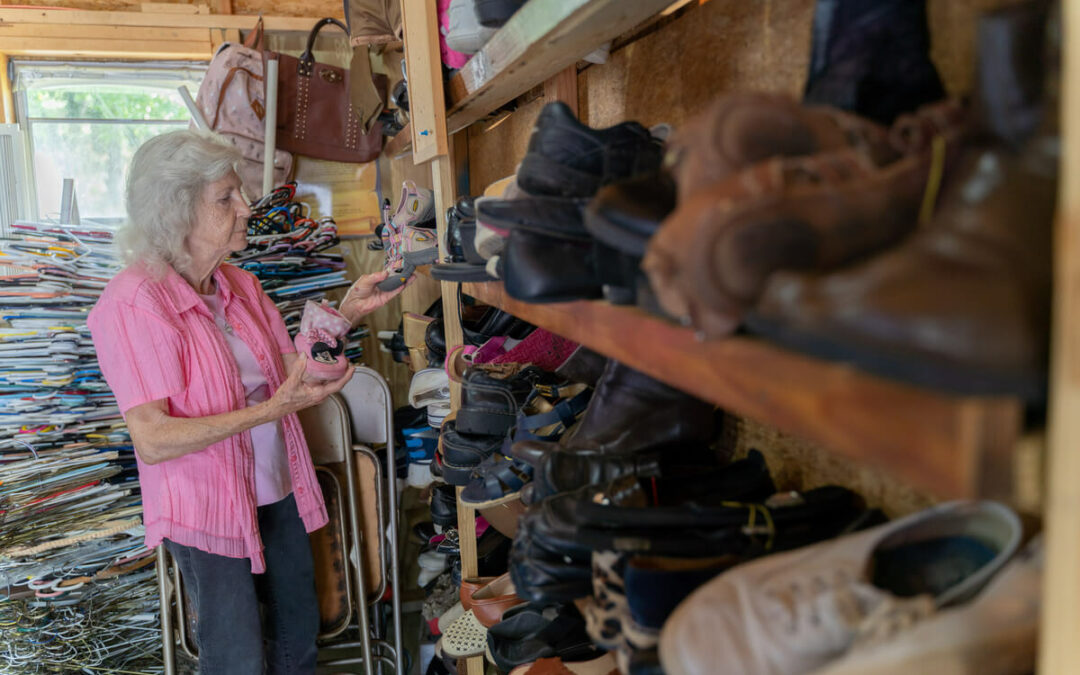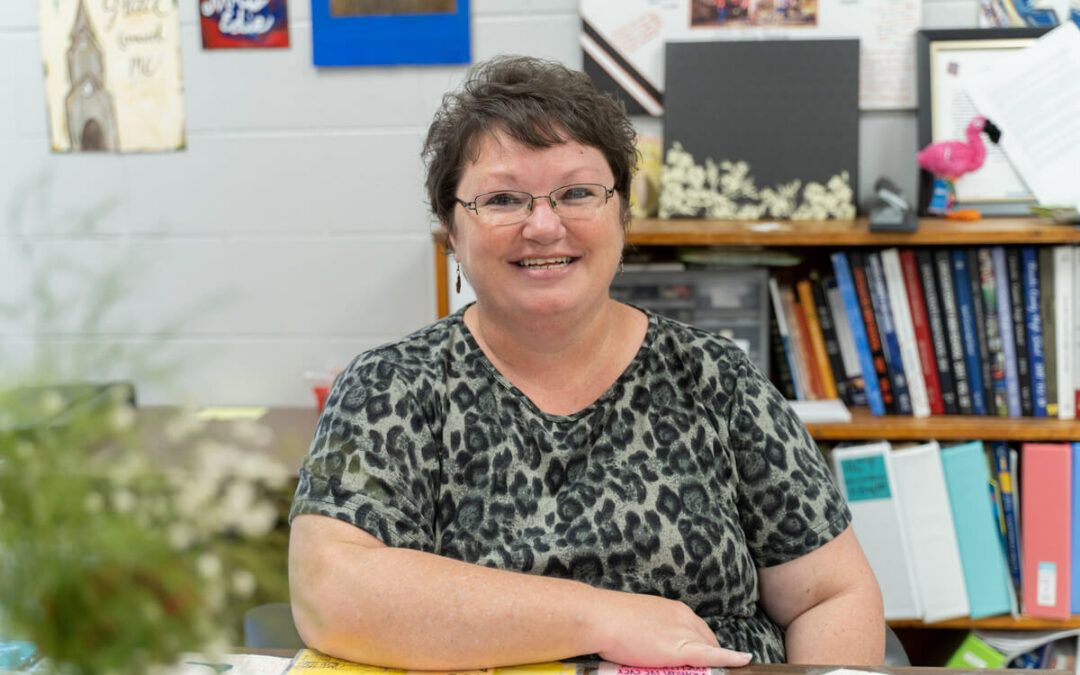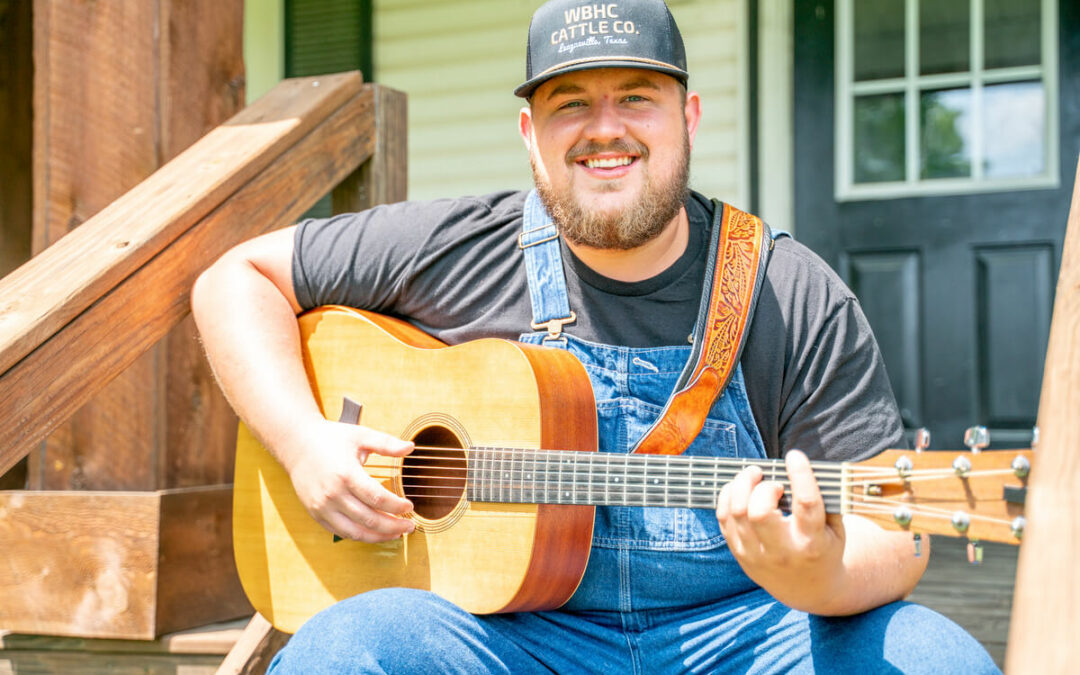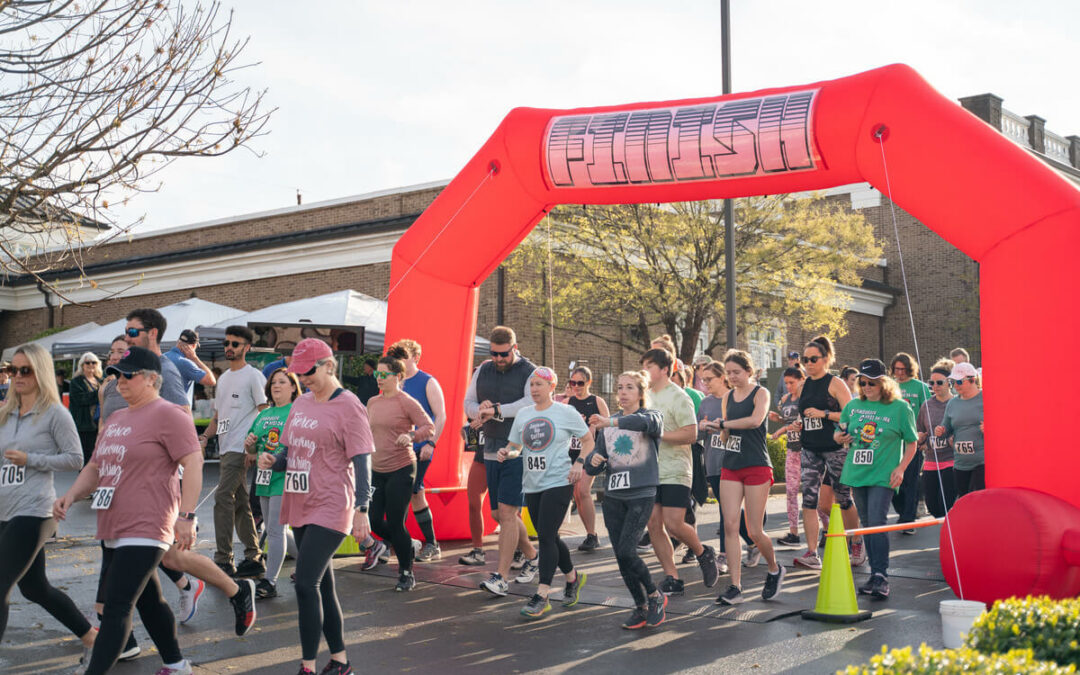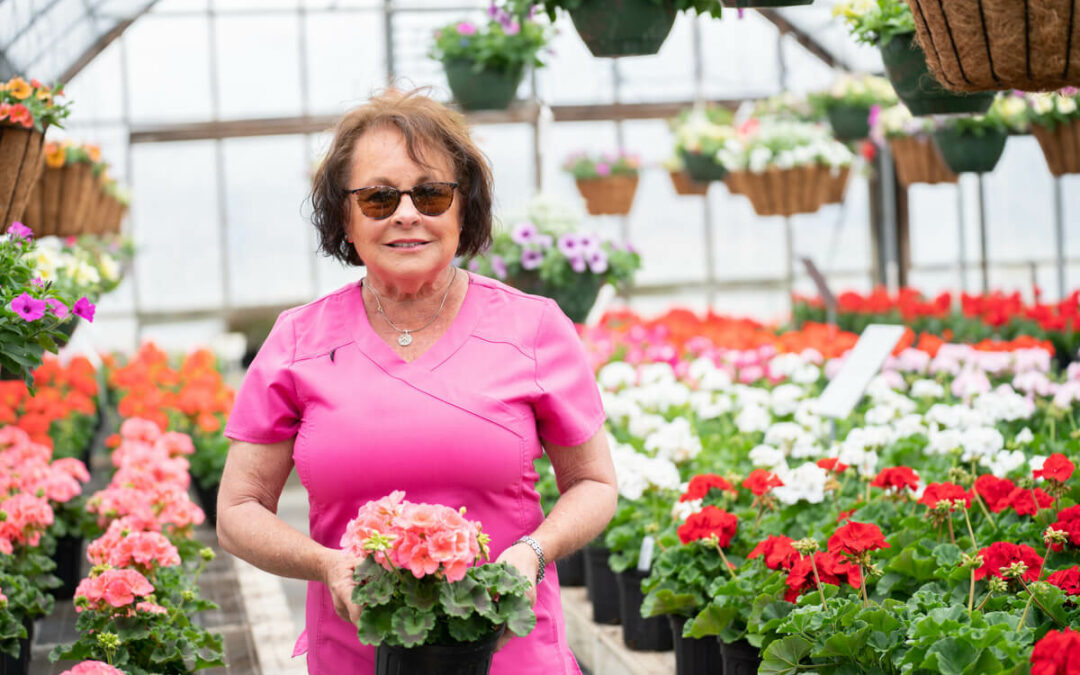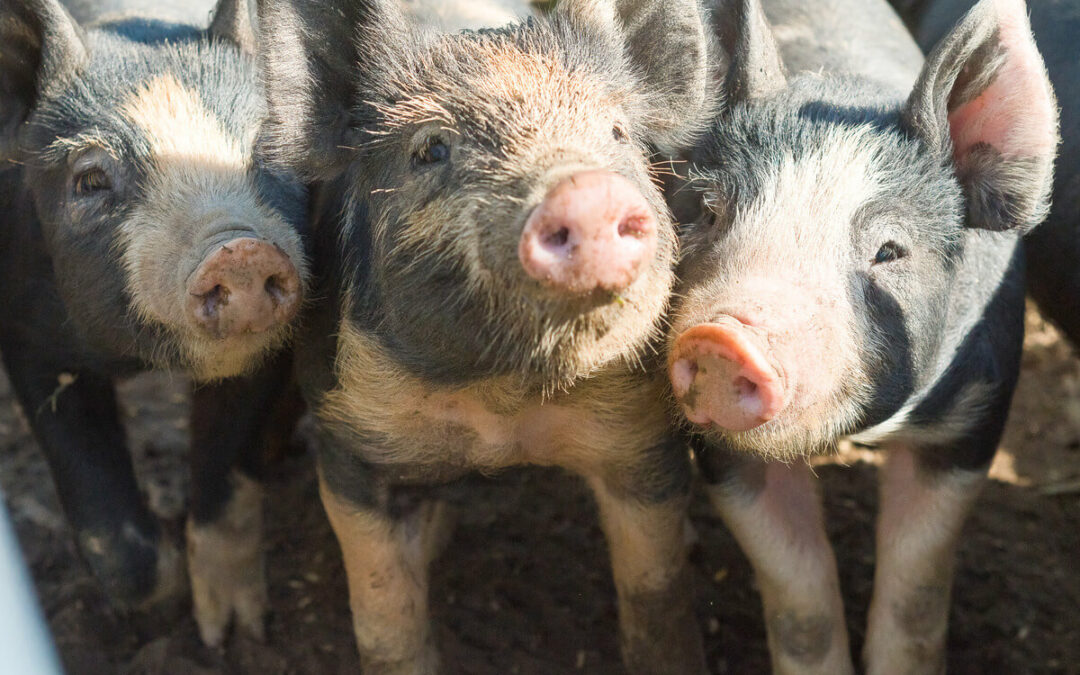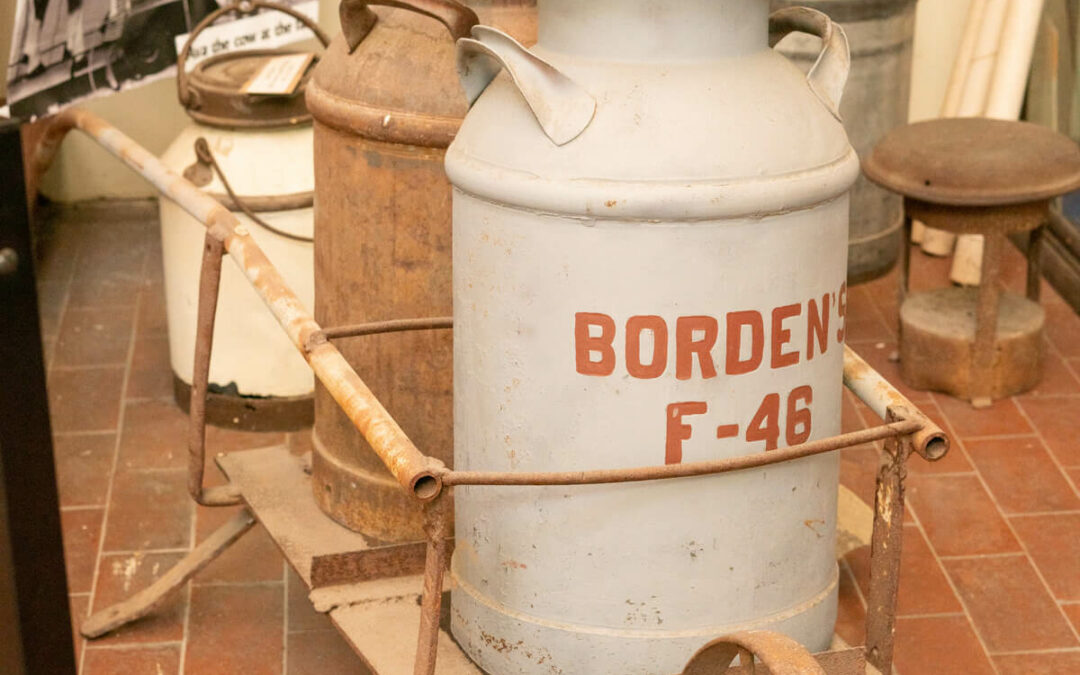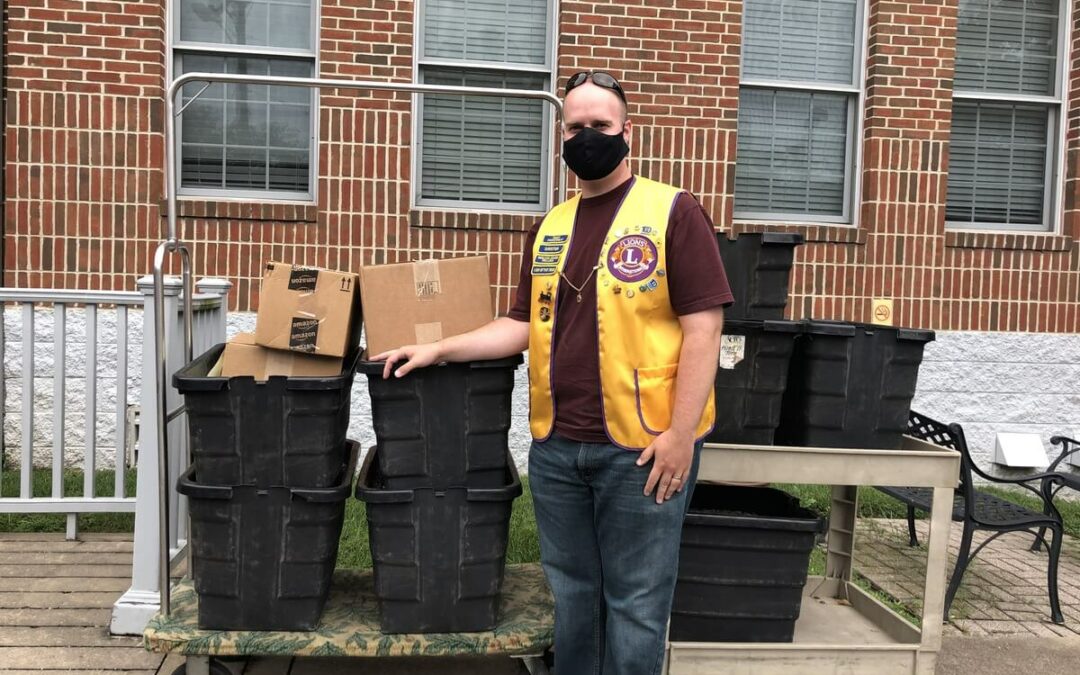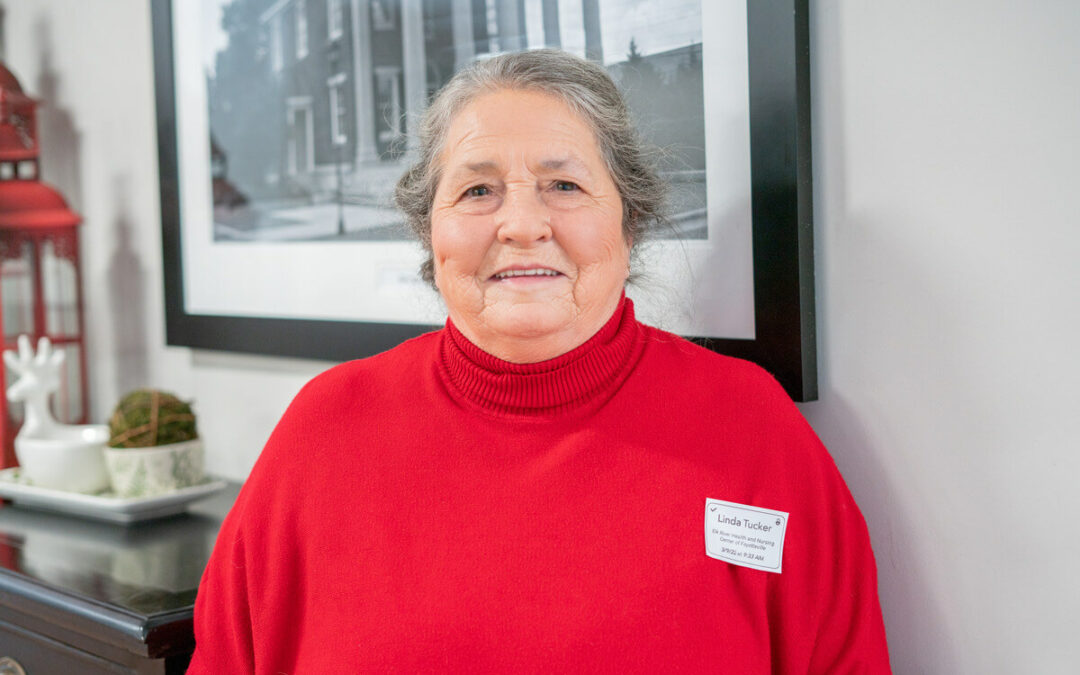AS SUMMER slowly surrenders to fall, the Lincoln County Fairgrounds welcomes the return of competition, community, and colorful midway excitement. Red, white, and blue buntings flutter as funnel cakes, cotton candy, and popcorn lure us in their direction. “Watch the top of the stretch, ladies and gentlemen… The starting gate heads this way… and heeeerrrrrrrrre they come!” rings out from the harness racetrack. The Lincoln County Fair stands proudly as a bookend to summer and the return of fall.
The fair represents so much more than changing seasons for Emily Pitcock, who grew up attending the fair.
“My dad was a dairy farmer, and my sister and I showed Jersey cattle. We showed cattle in front of the grandstands, not in the barn,” said Pitcock.
It’s one reason she takes great pride in the livestock building.
“Our 4-H building has outgrown itself over the years. It’s unreal how many entries are in that particular building and how many kids exhibit,” Pitcock said.

“As a matter of fact, Lincoln County probably has the most 4-H and FFA exhibits other than the State Fair that’s coming along now [in Wilson County]. There are usually 4-5,000 entries in the exhibit building.”
There’s a livestock legacy, with Lincoln County among the state’s top livestock-producing counties. Young exhibitioners compete for cash prizes that they reinvest, ultimately creating funds for their future education and farms.
Pitcock said, “The fair promotes agriculture in Lincoln County, and it’s a good wholesome event. Years ago, we weren’t competing with anything, but there’s so much that you’re competing with in this day and time, and you have to be on your p’s and q’s to make sure you’ve got something for the 4-H’ers and FFA kids to participate in. It gives them something to look forward to, and they receive premium money.”
Agriculture is a way of life for many, and the fair celebrates that legacy. It’s thriving here while it’s diminishing in other areas. Several factors contribute to the Lincoln County Fair’s success. It thrives due to the involvement of dedicated volunteers who are passionate about creating a positive experience for the community. Additionally, the fair has a rich history dating back to 1904. Over the years, the fairgrounds have become a symbol of tradition and heritage, preserving our agricultural roots.

“I think it’s a tradition. We are a farming area with so many farms in different communities. [Other areas in Tennessee] are going to suburban fairs; they’re not actually in the county, and they don’t have the agriculture and the livestock involved in a county fair,” said Pitcock.
Pitcock’s work with the fair began in 1967 as a front gate worker. She realized the fair was a vacation for many families that could hardly afford the admittance, but less a trip away from home. Knowing they saved all year for the fair impressed upon her its value and place in the community’s hearts.
She said, “I stayed at the gates until 1978 when I was asked to be secretary/treasurer of the [fair] association. From there, I was vice president and then moved to president.”
Her passion for agriculture and the fair took her to the Tennessee Association of Fairs in 1992, where she was president in 1997 and executive secretary since 1999. She retired from the association this year. Today, she remains on the board of the Lincoln County Fair.

“The fair has been the main priority in my life, other than my family. It’s a tradition that’s been here year after year, and I can’t imagine life without the Lincoln County Fair. There are a lot of people who don’t realize what goes into putting on a fair. It’s not just the week of the fair or cleaning up the week after; the planning and everything that goes into it.”
The Lincoln County Fair represents more than just a week-long event; it symbolizes the dedication to agriculture and the deep-rooted traditions of the community. Pitcock’s lifelong commitment to the fair exemplifies the importance of preserving and celebrating our agricultural heritage. Her lifelong work inspires future generations to carry forward the fair’s legacy, ensuring that it remains an integral part of the community for years to come. GN


